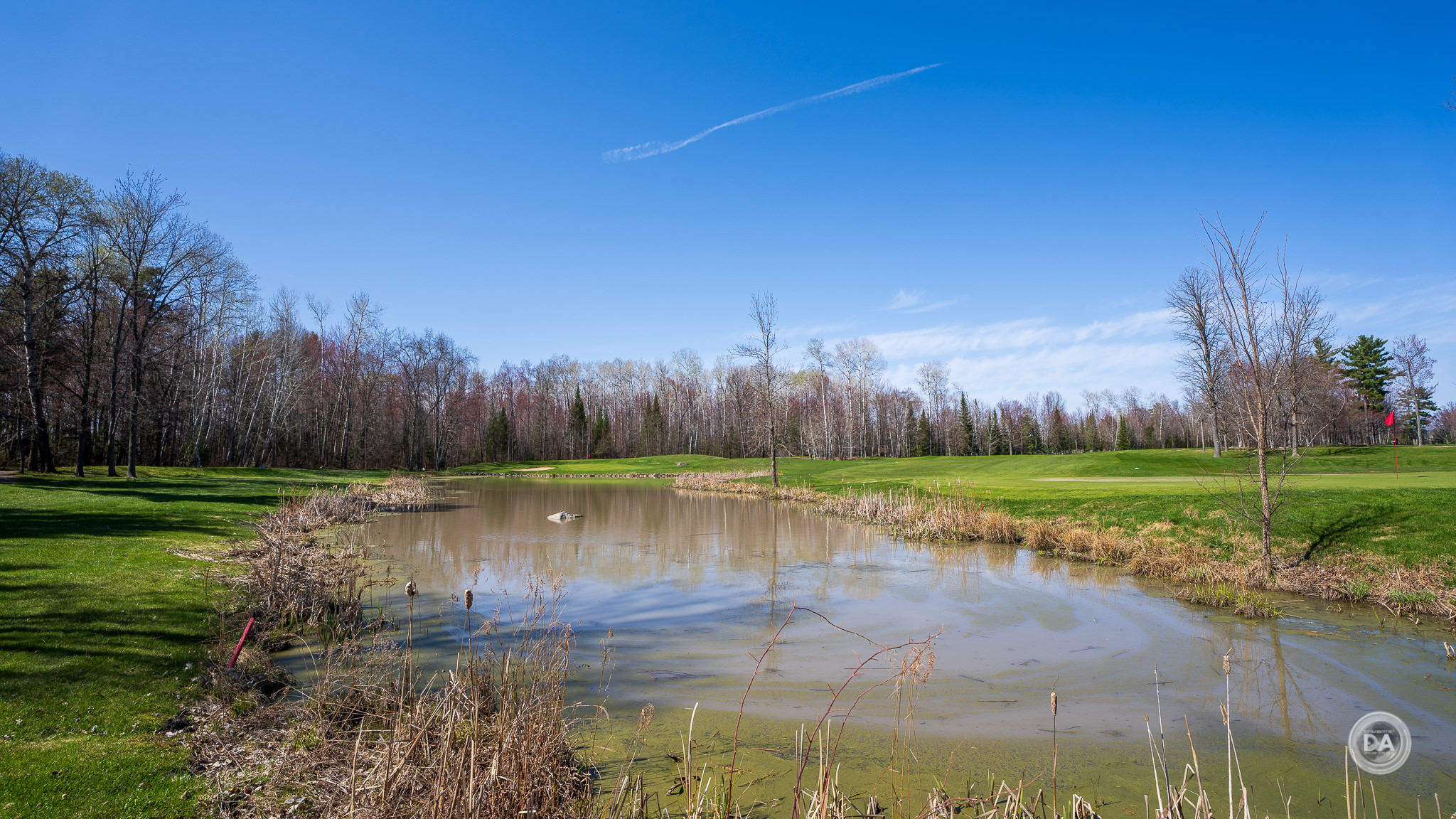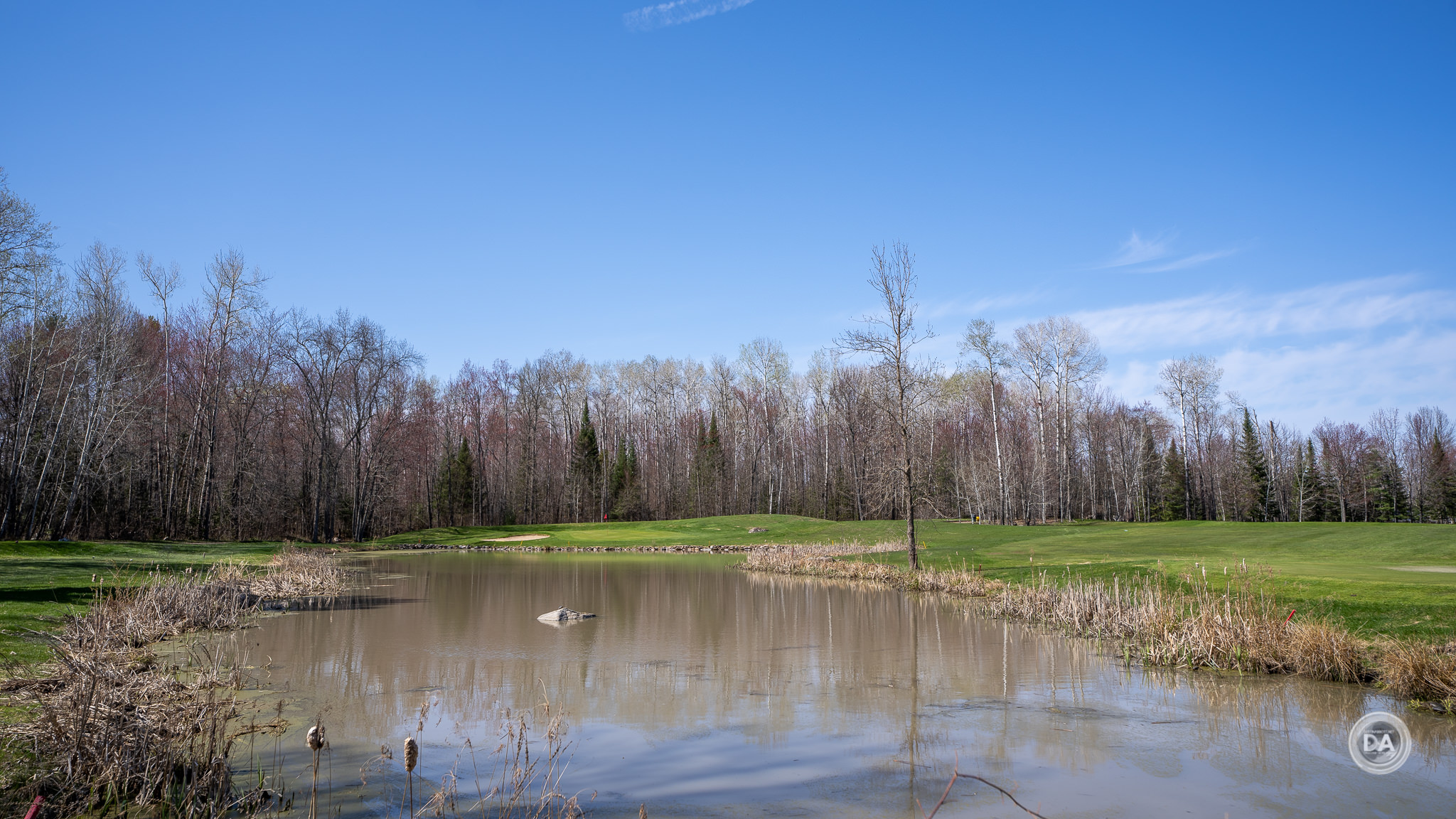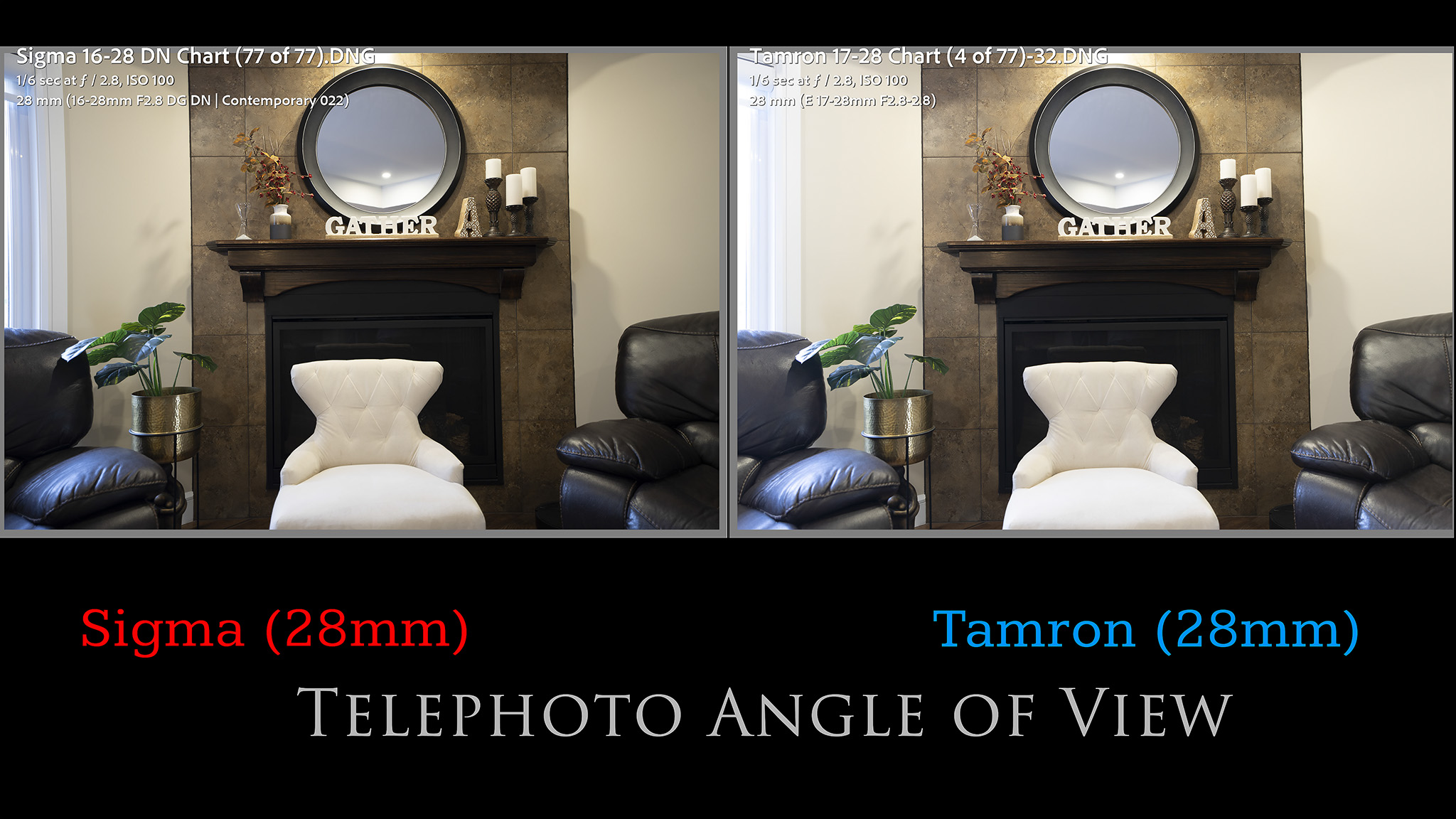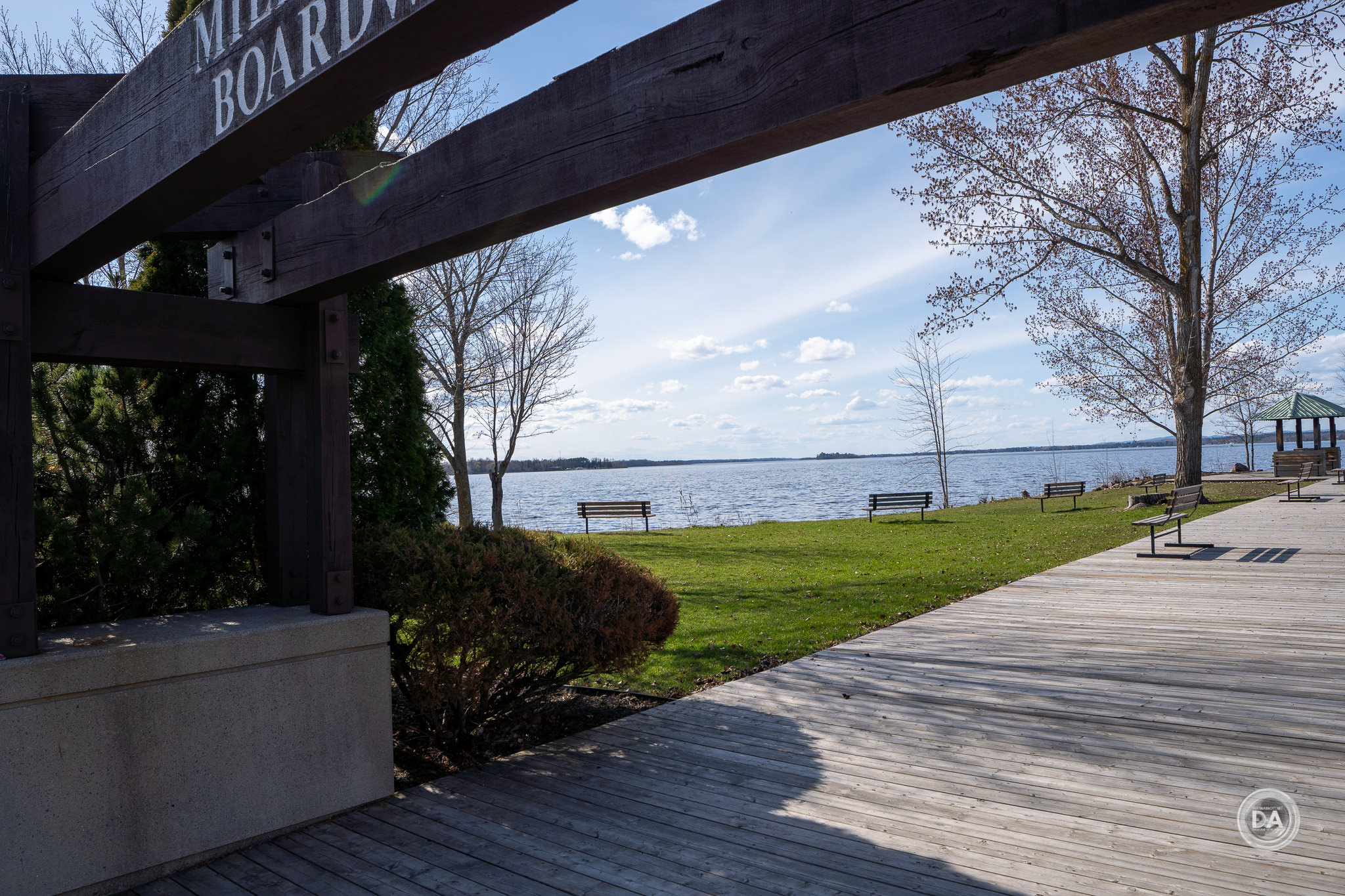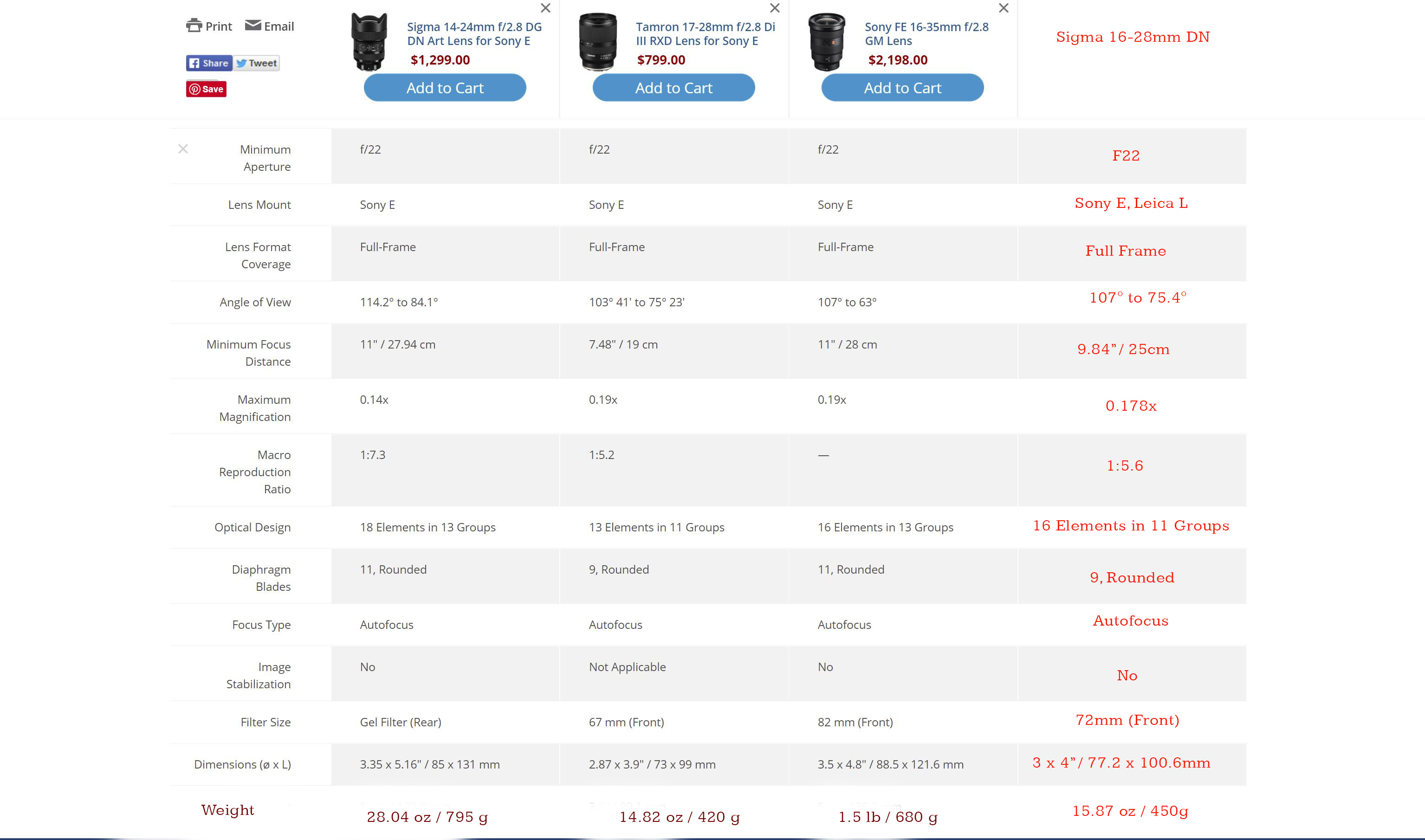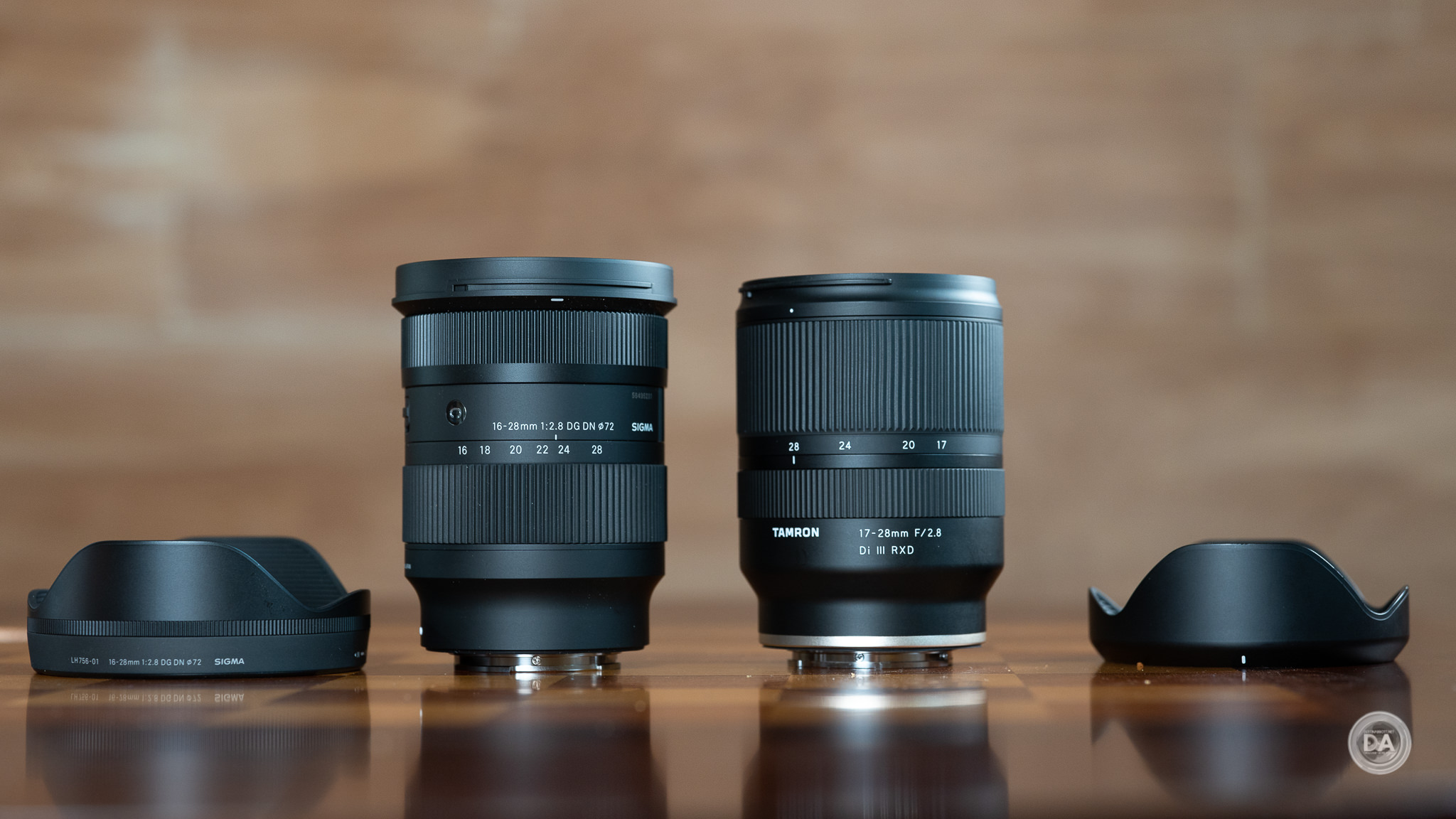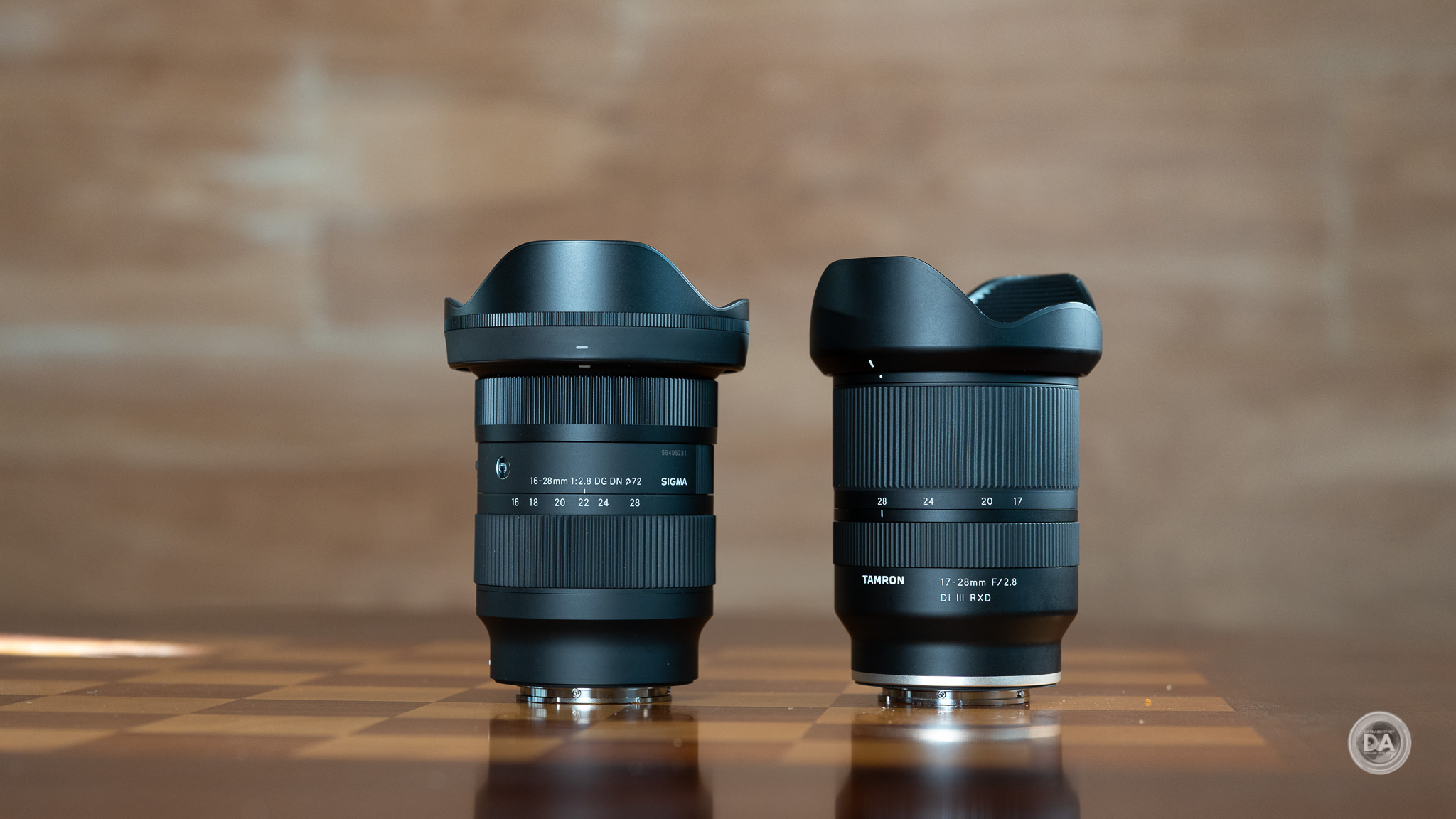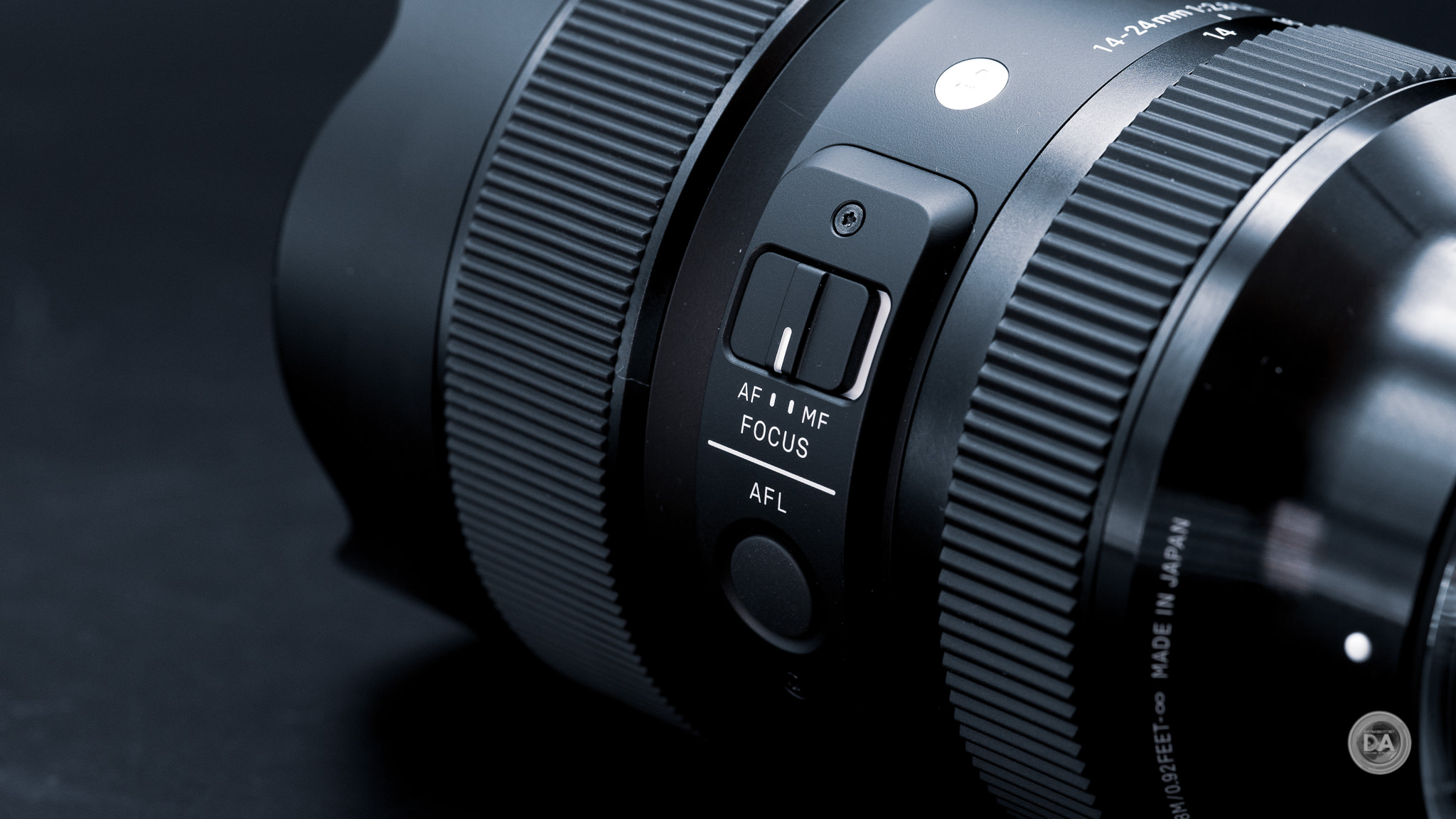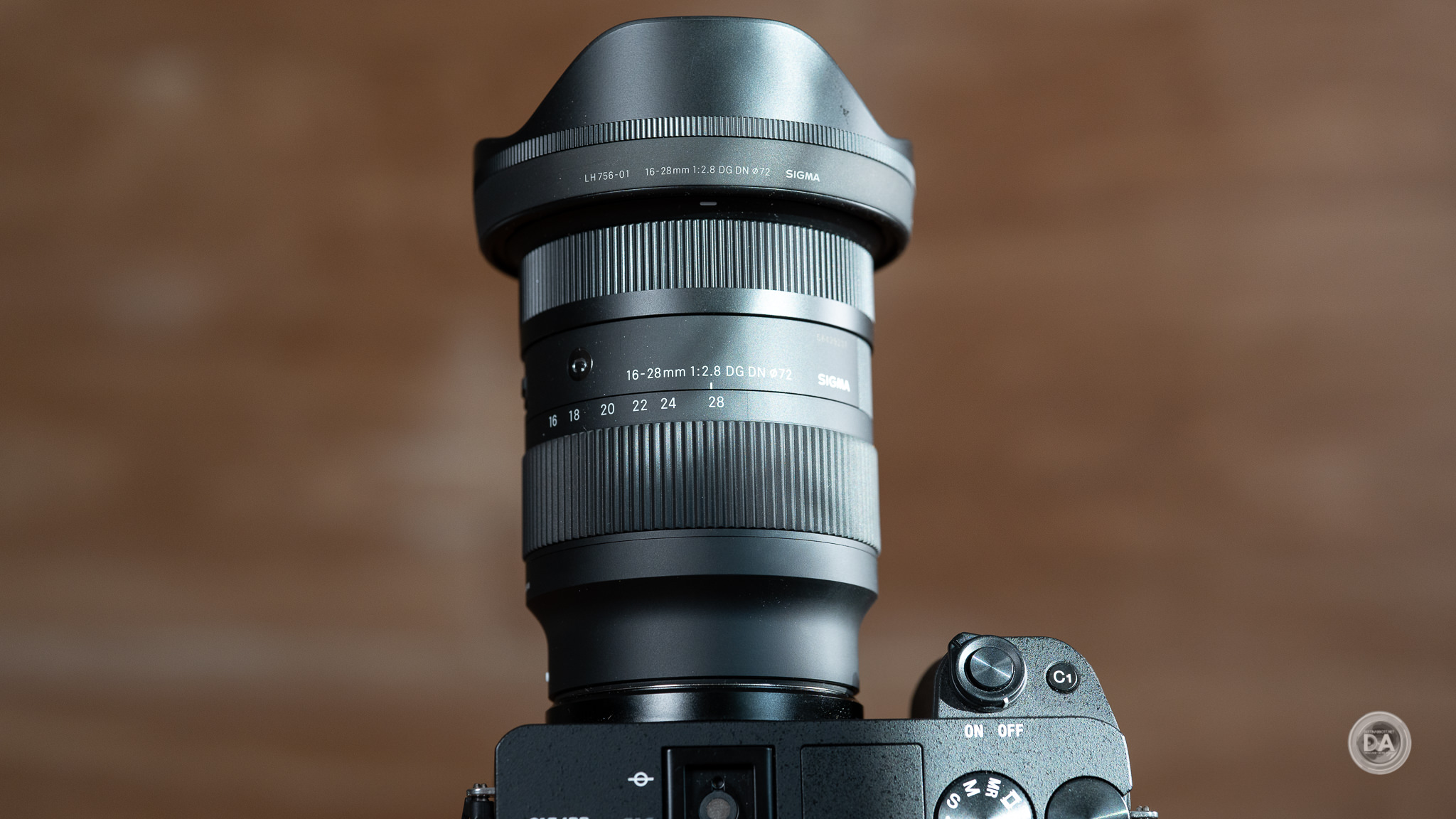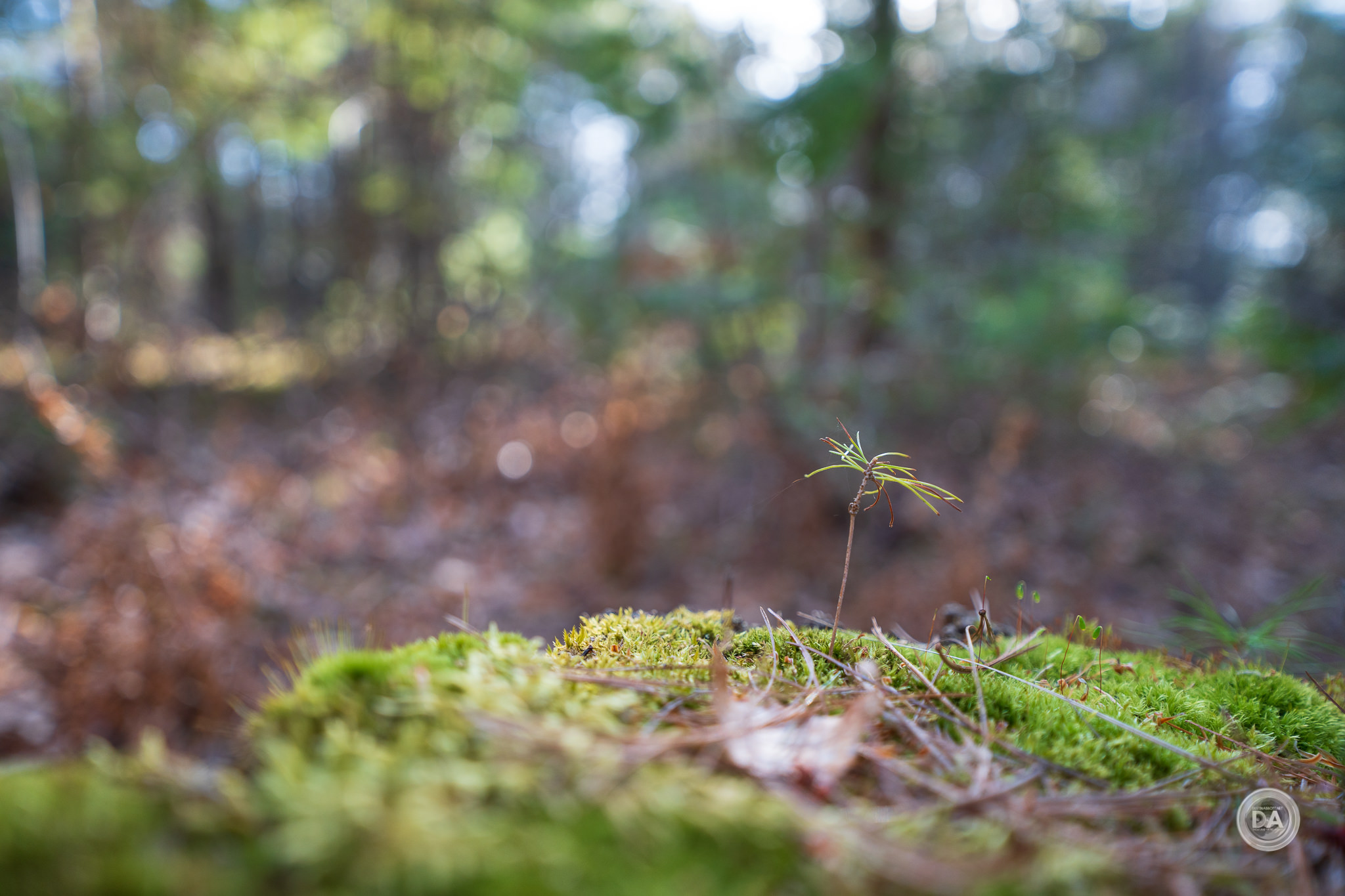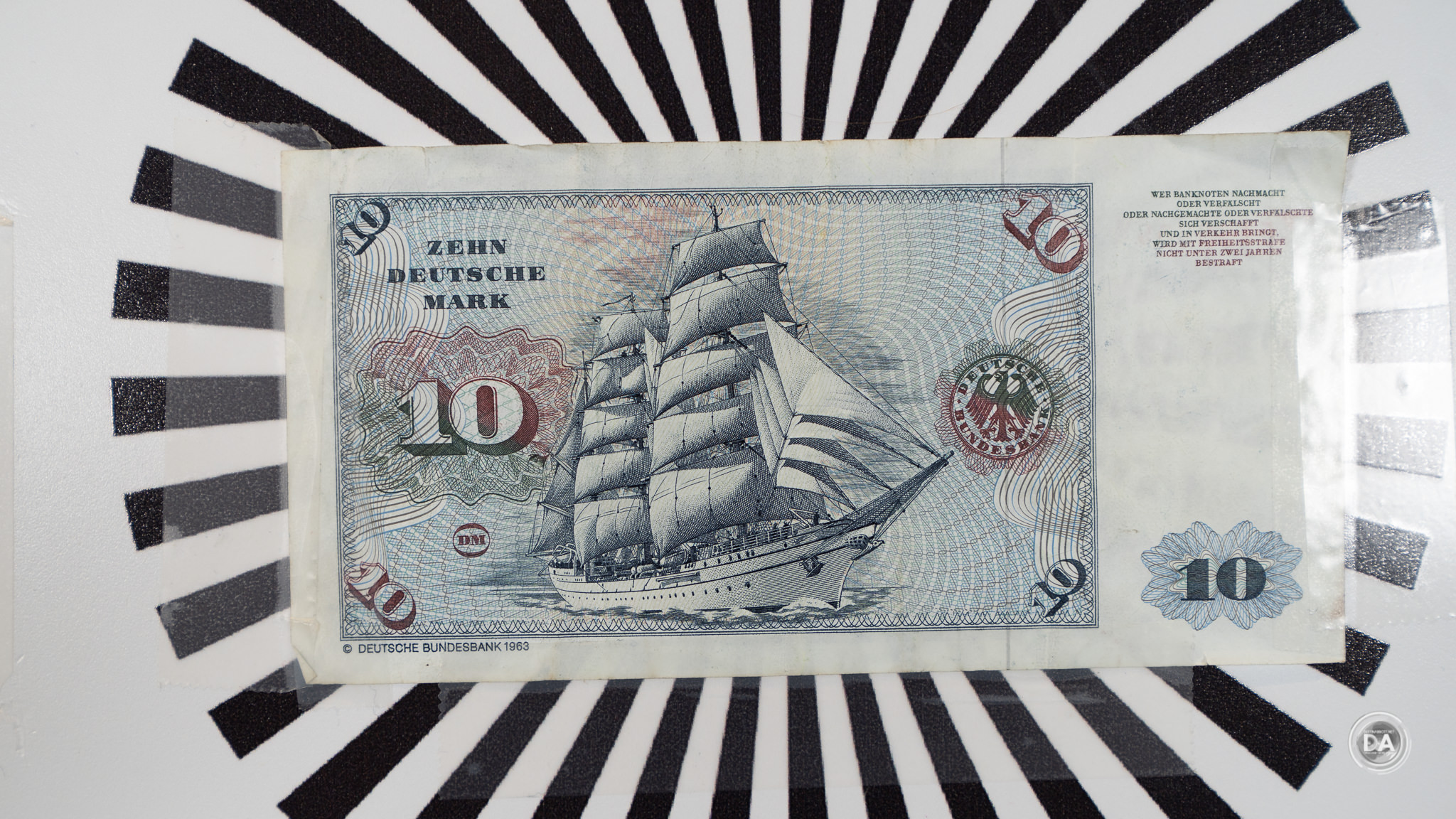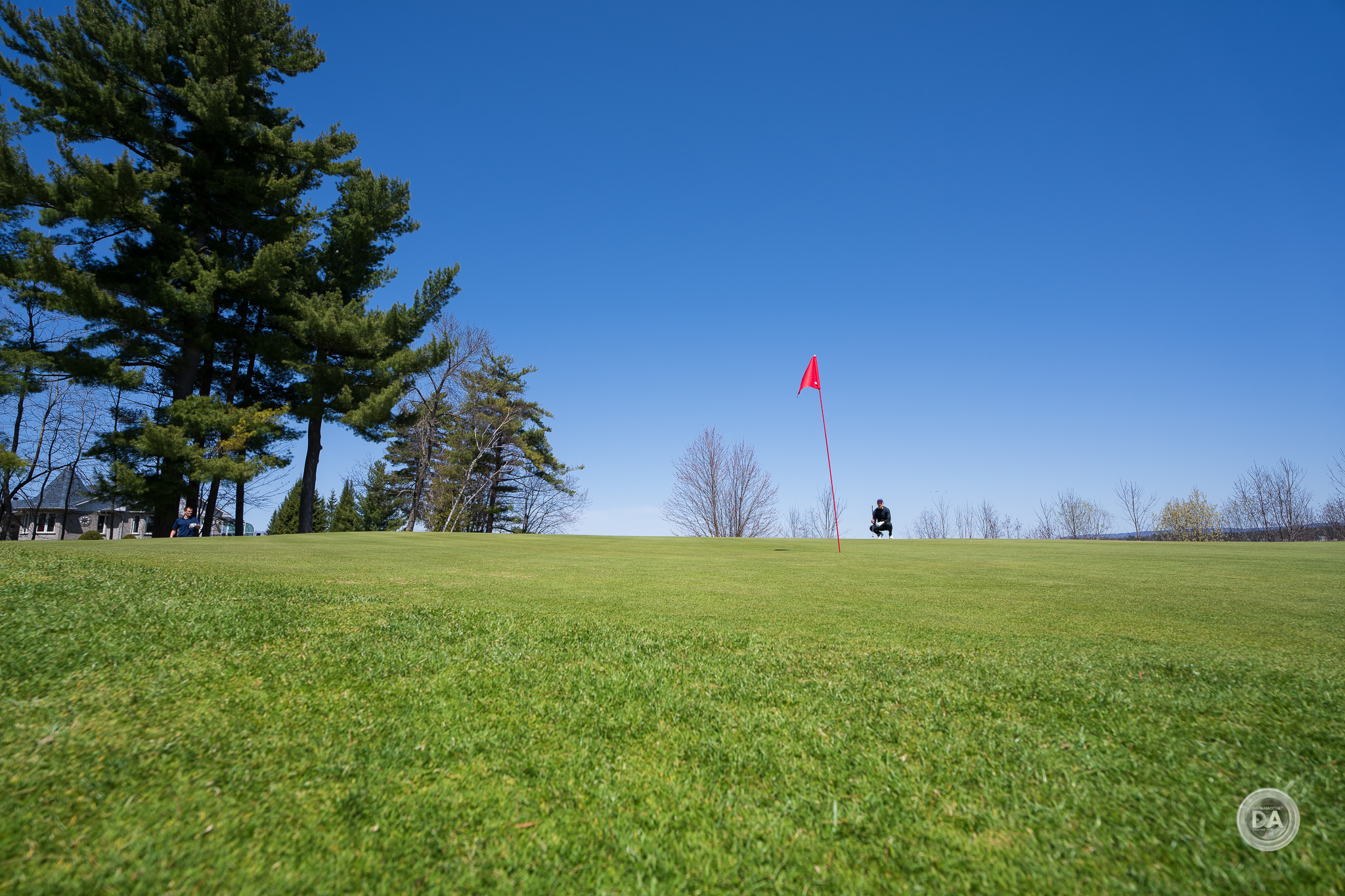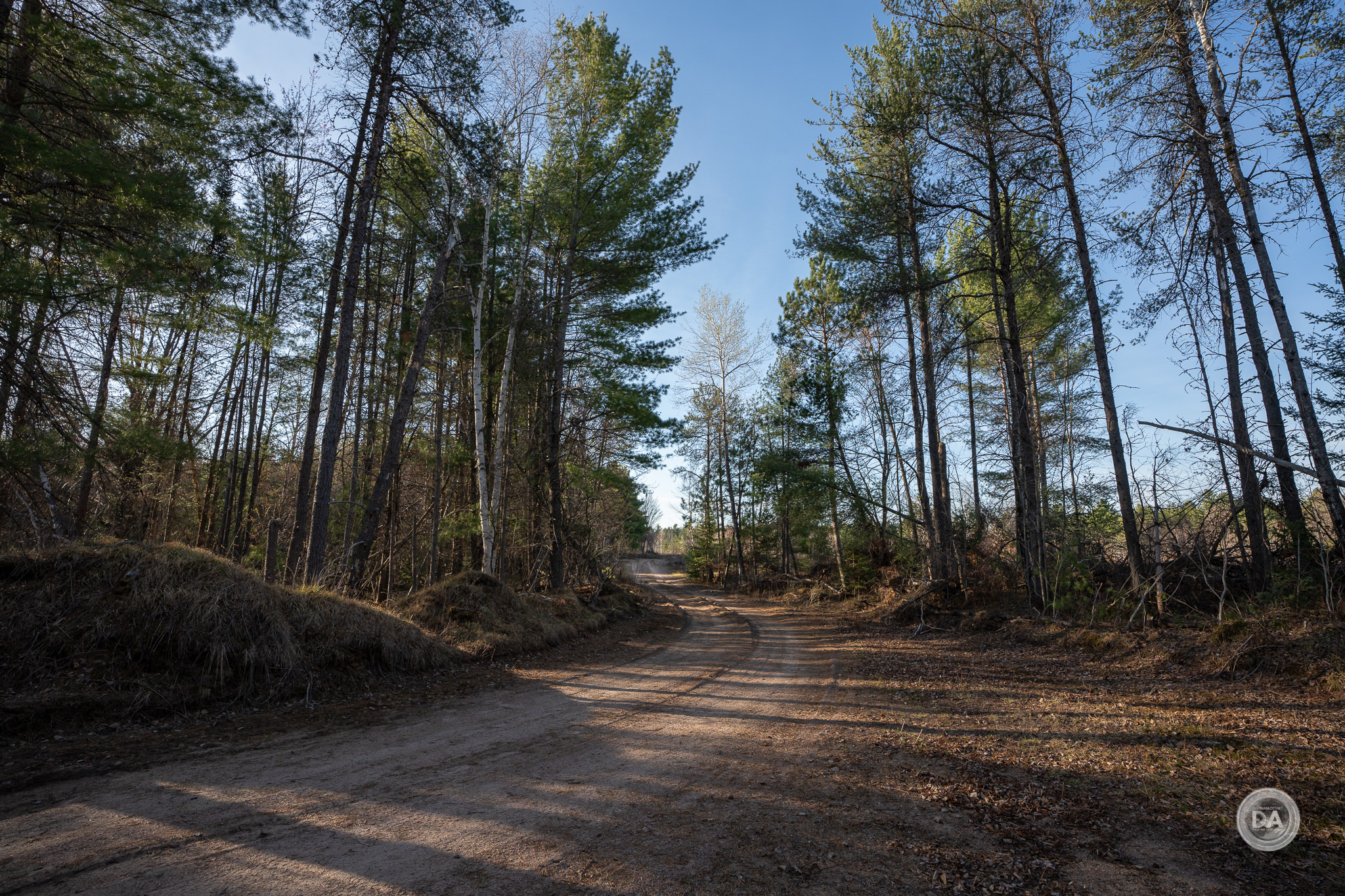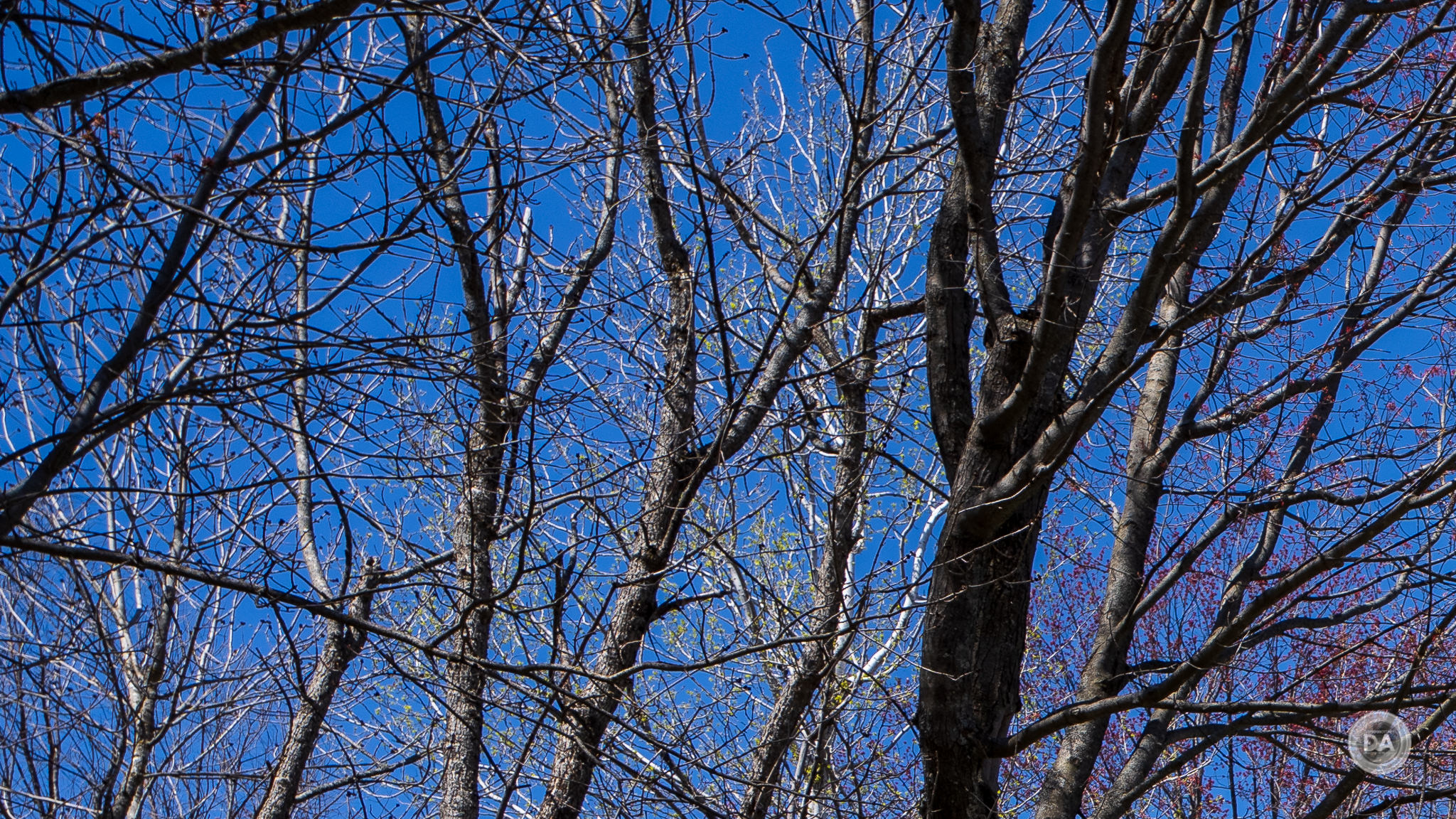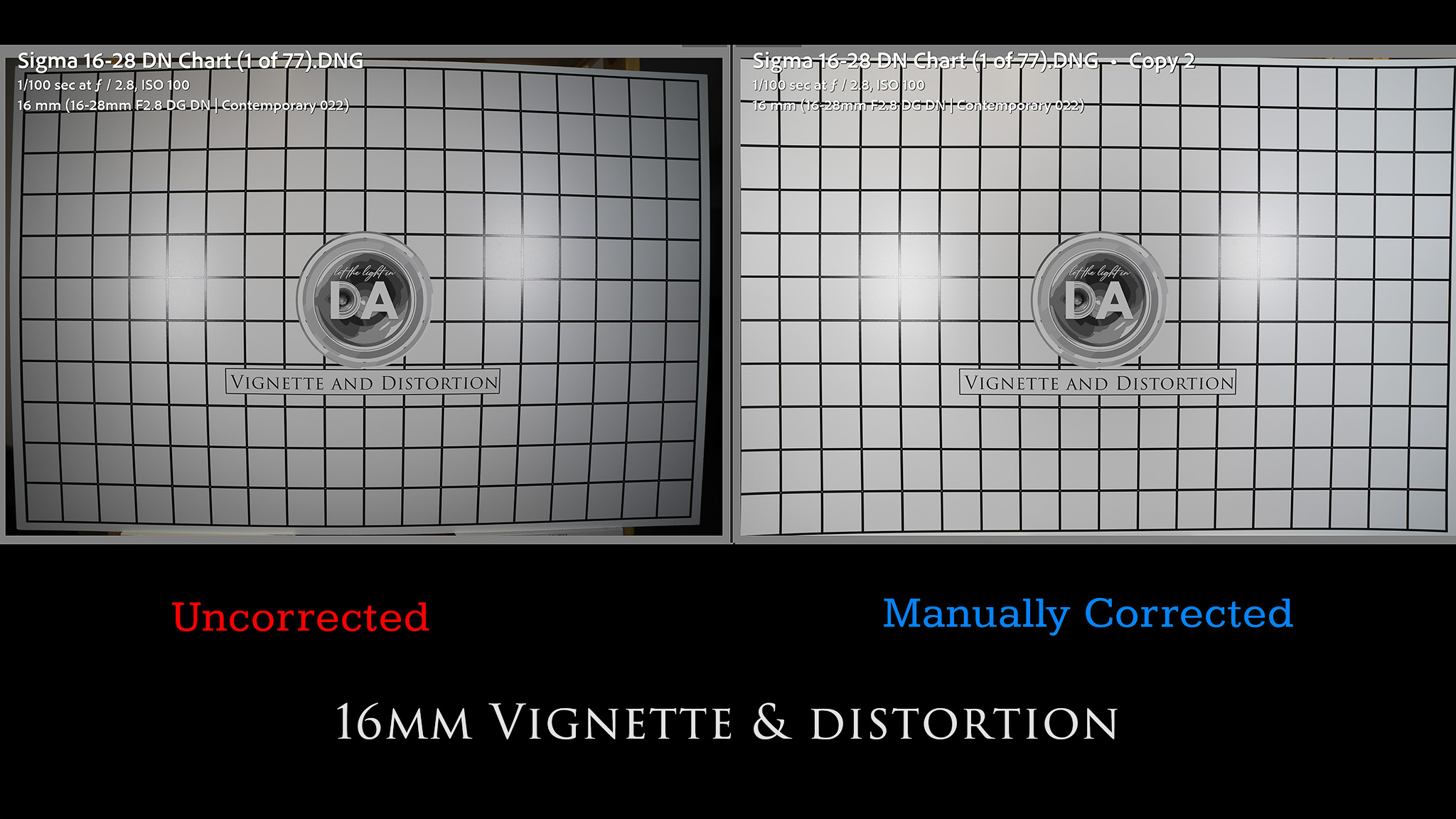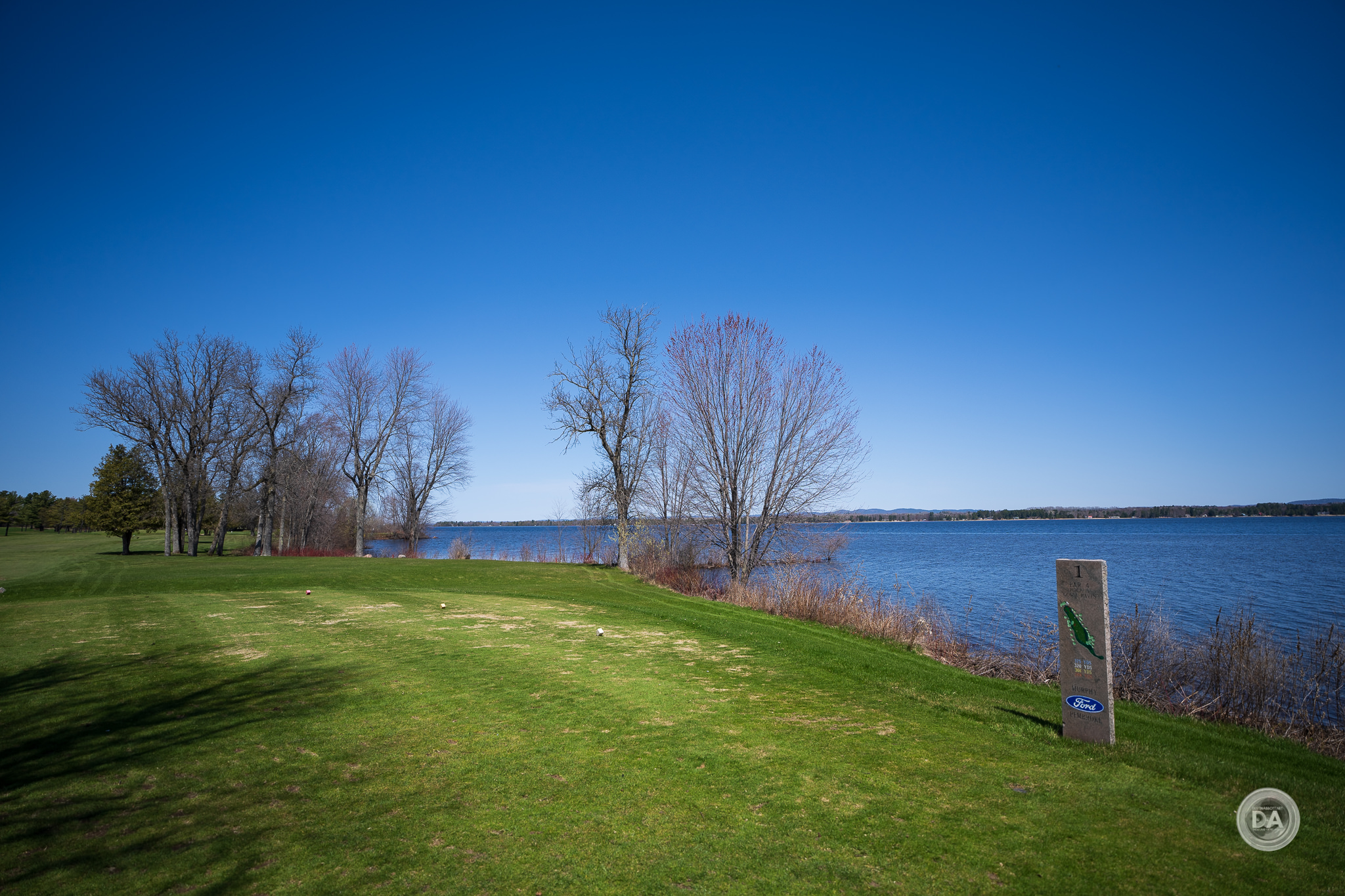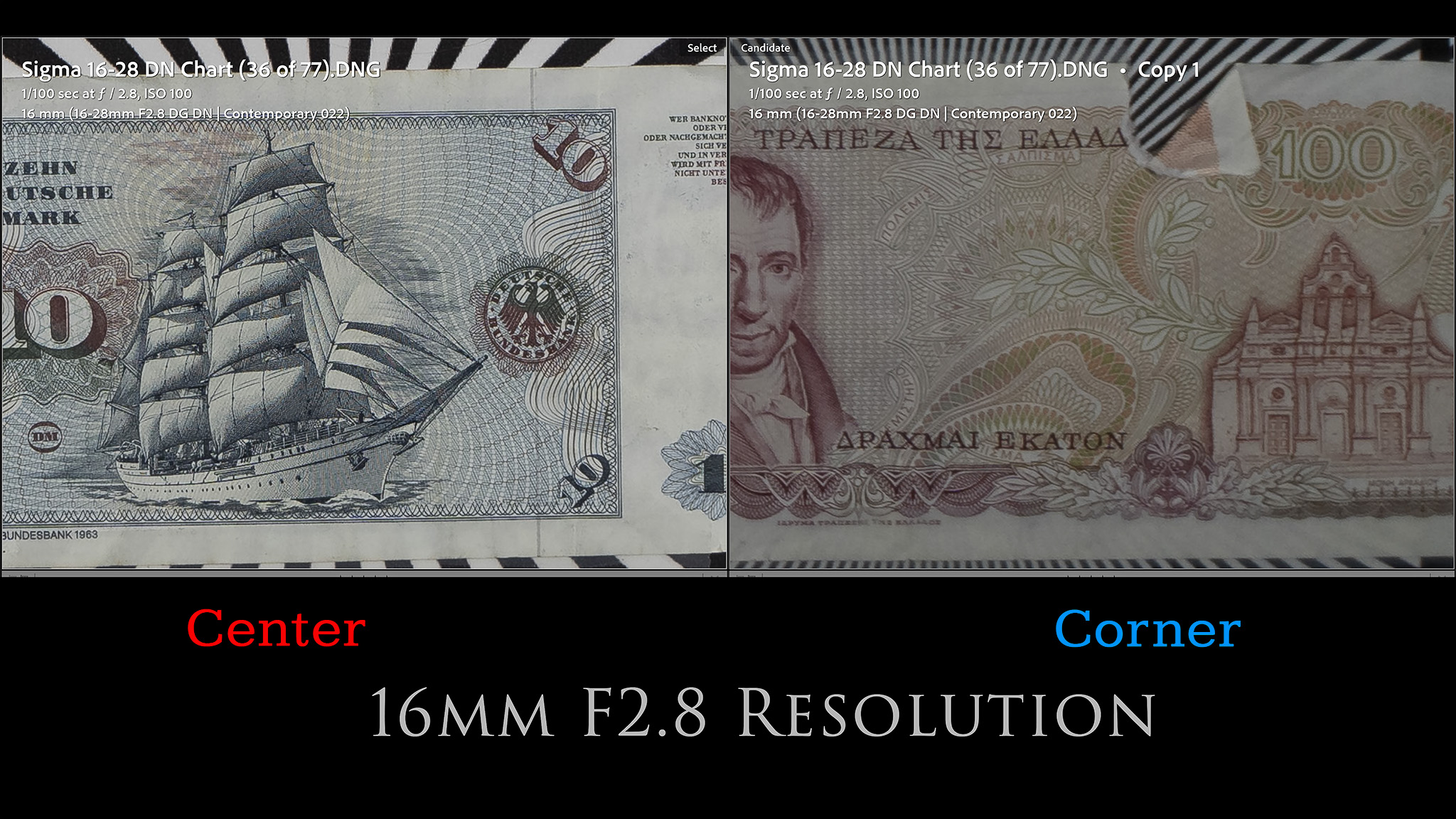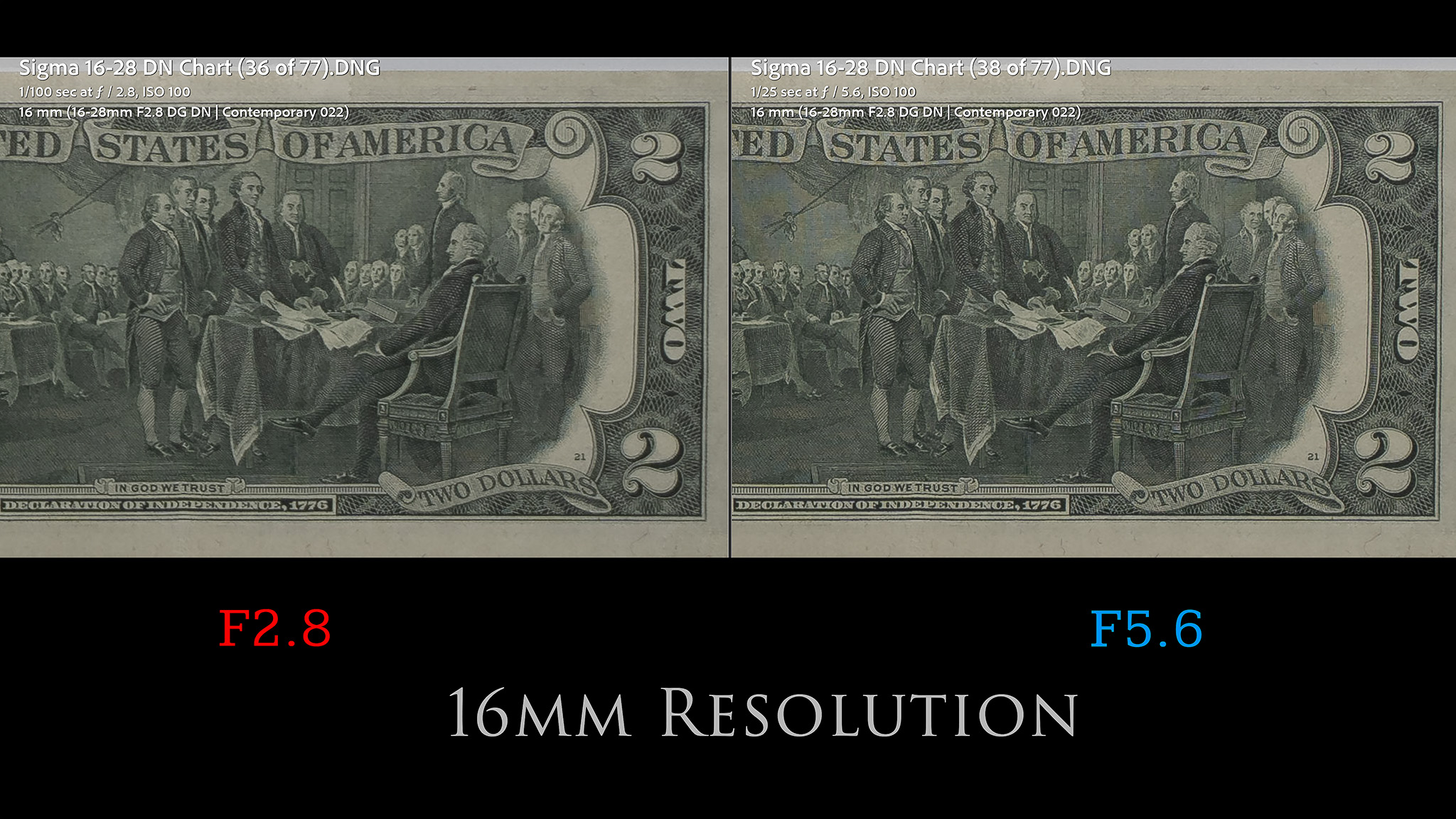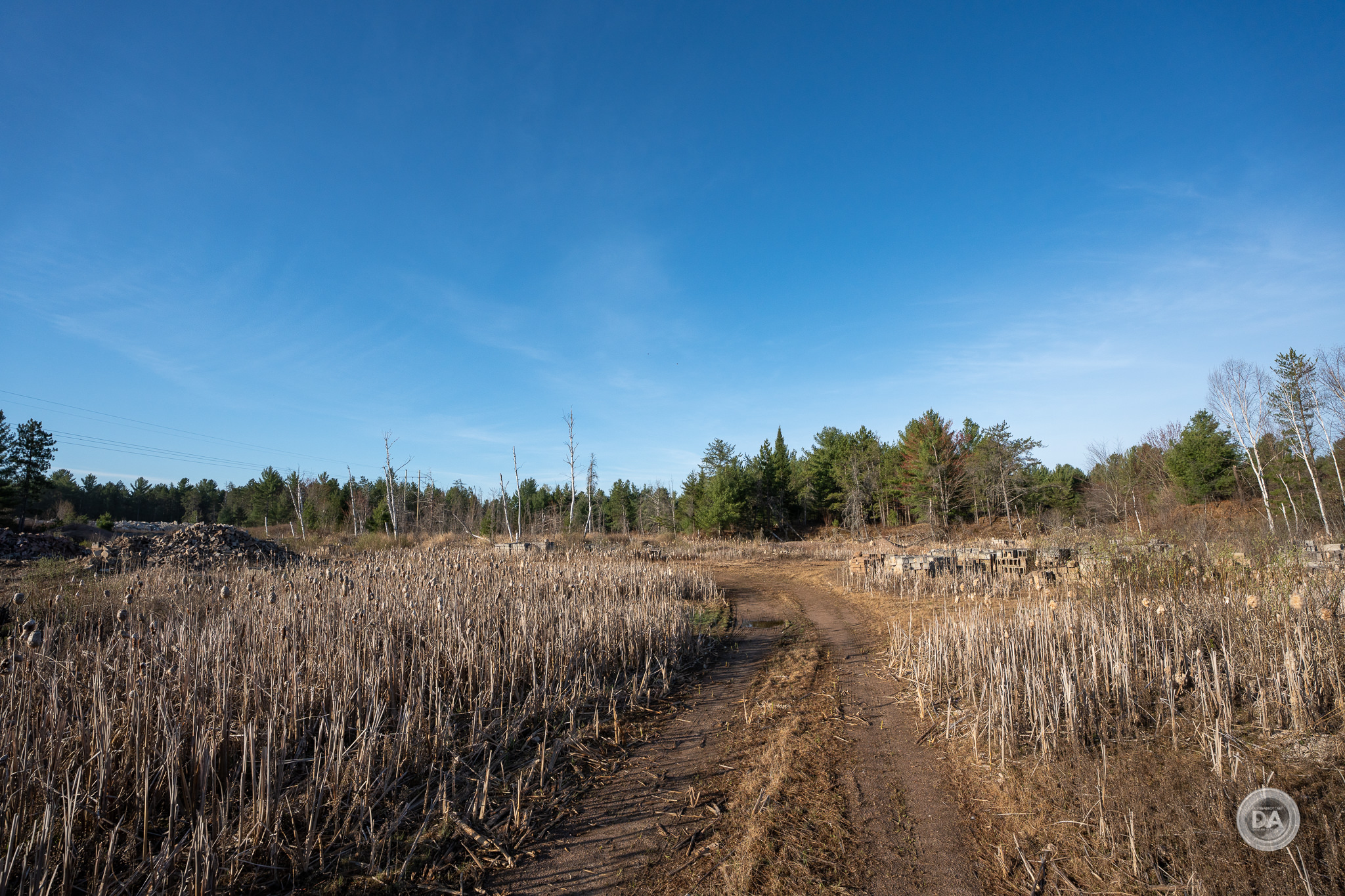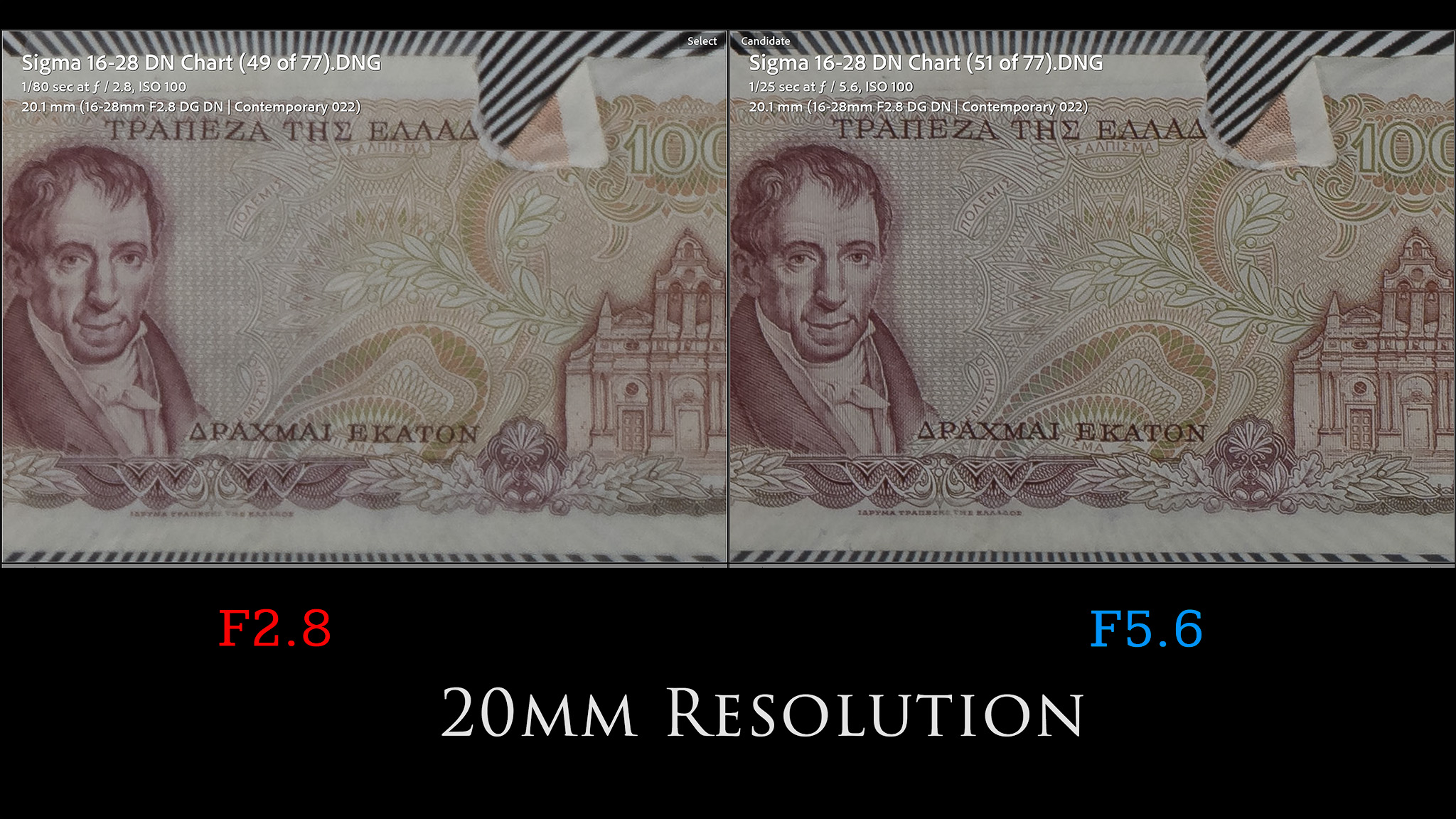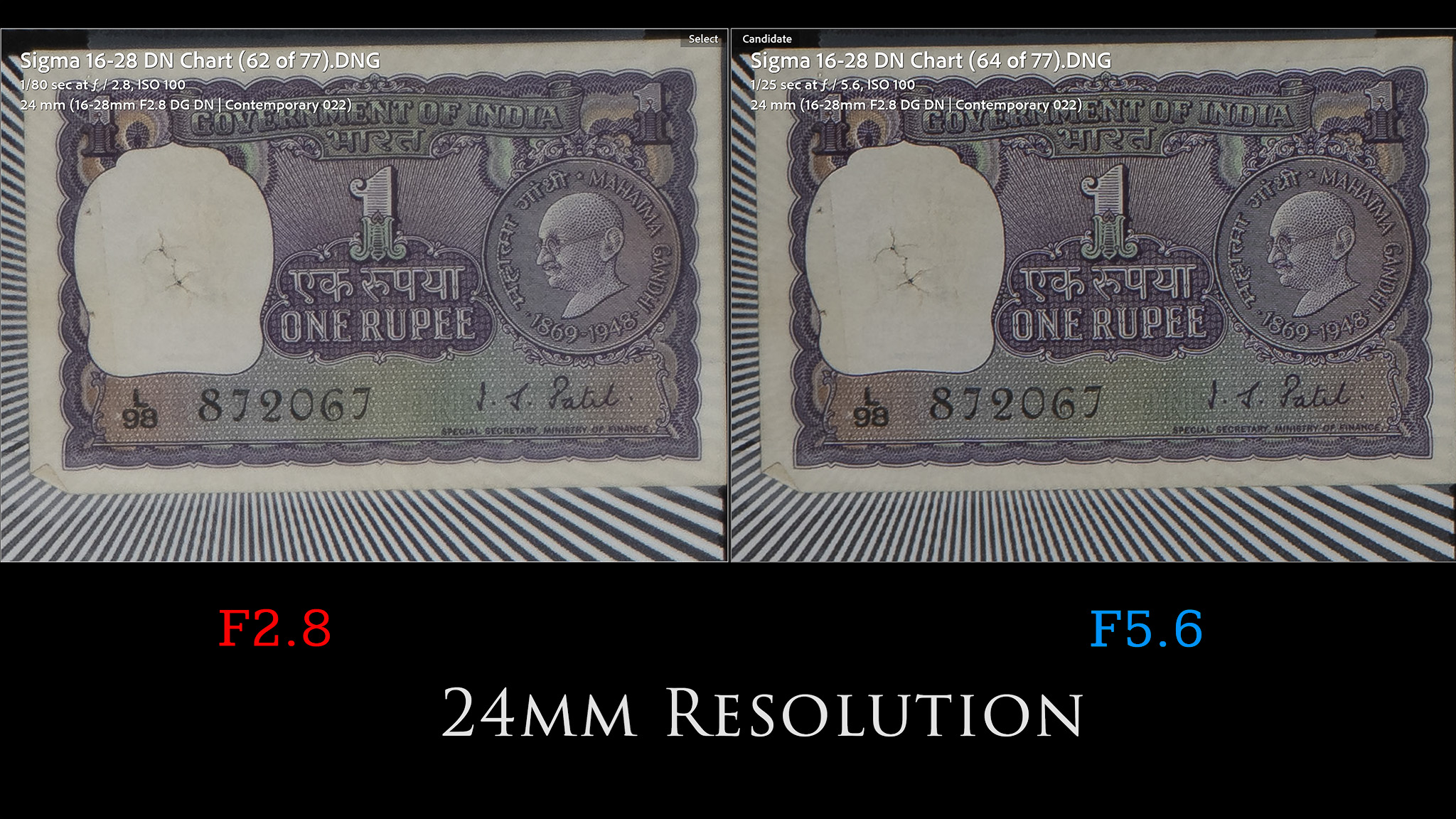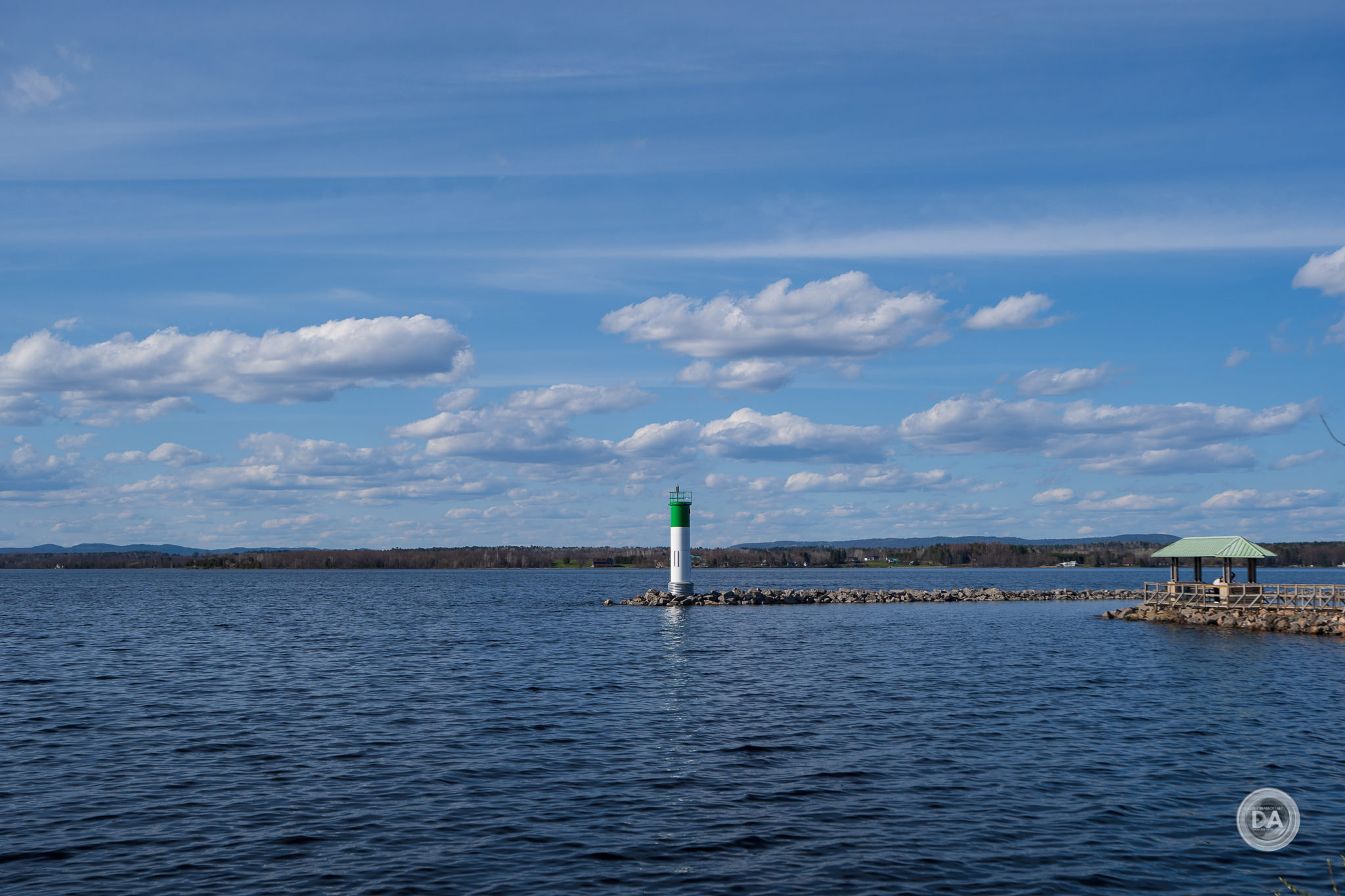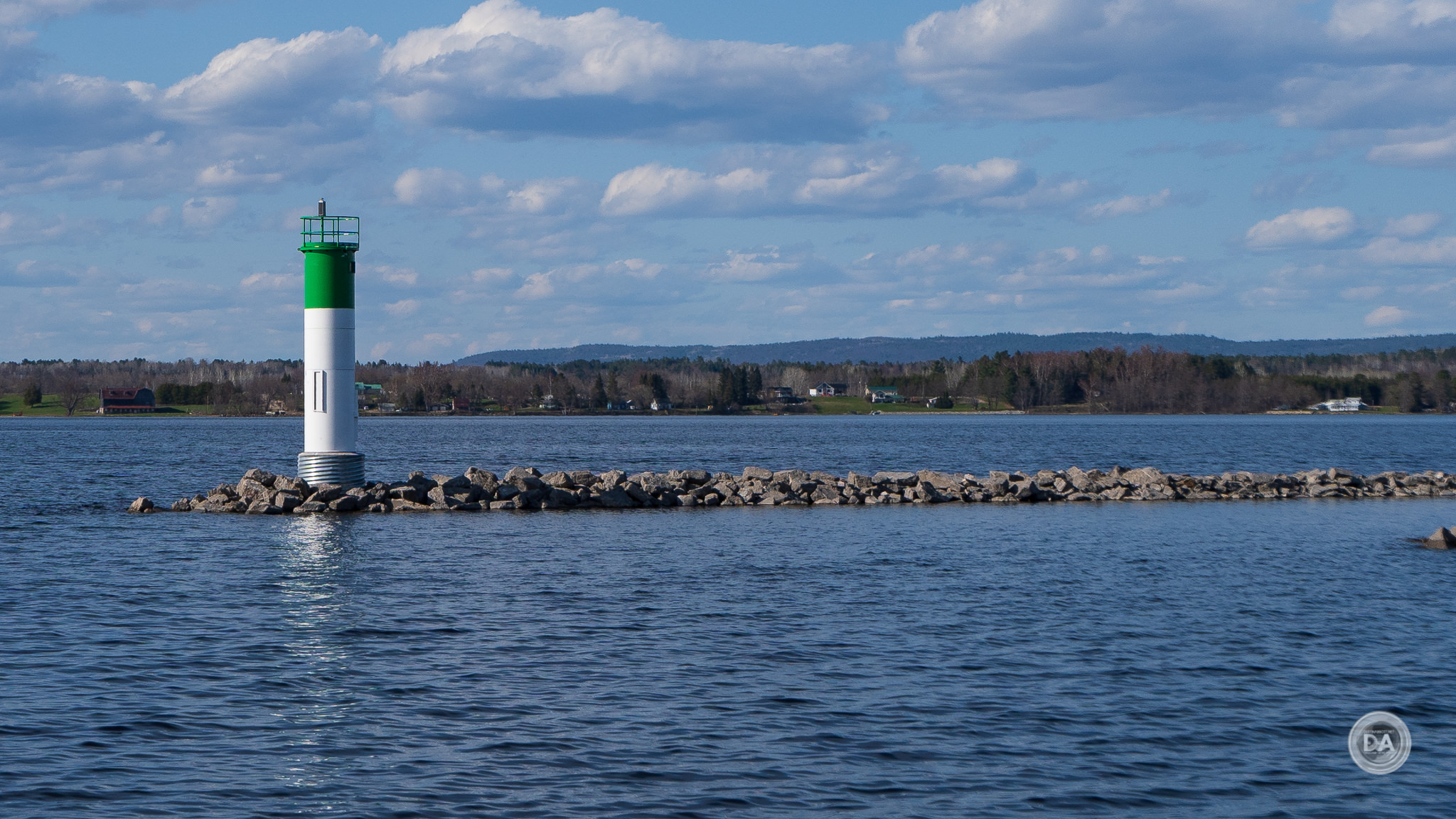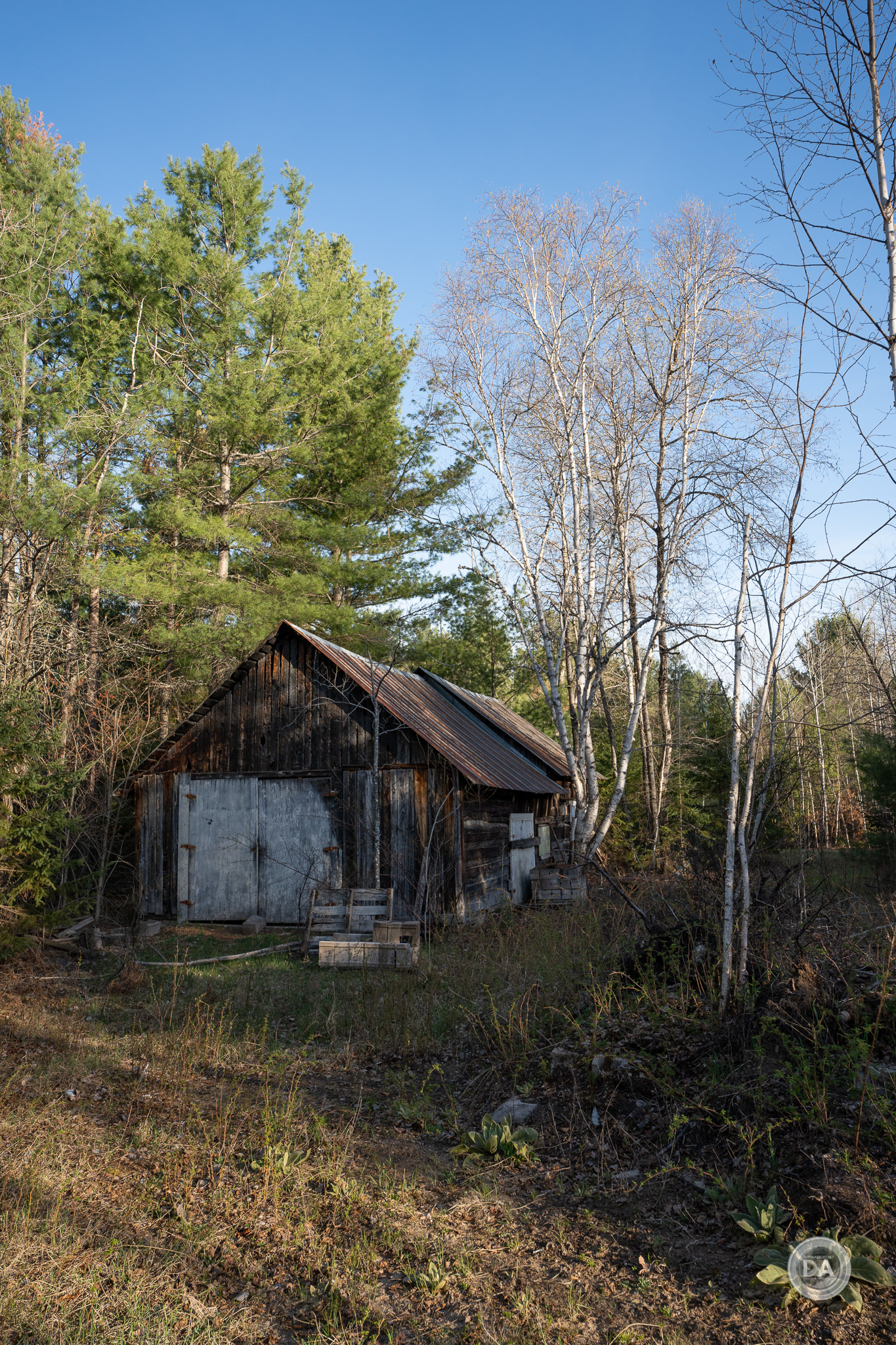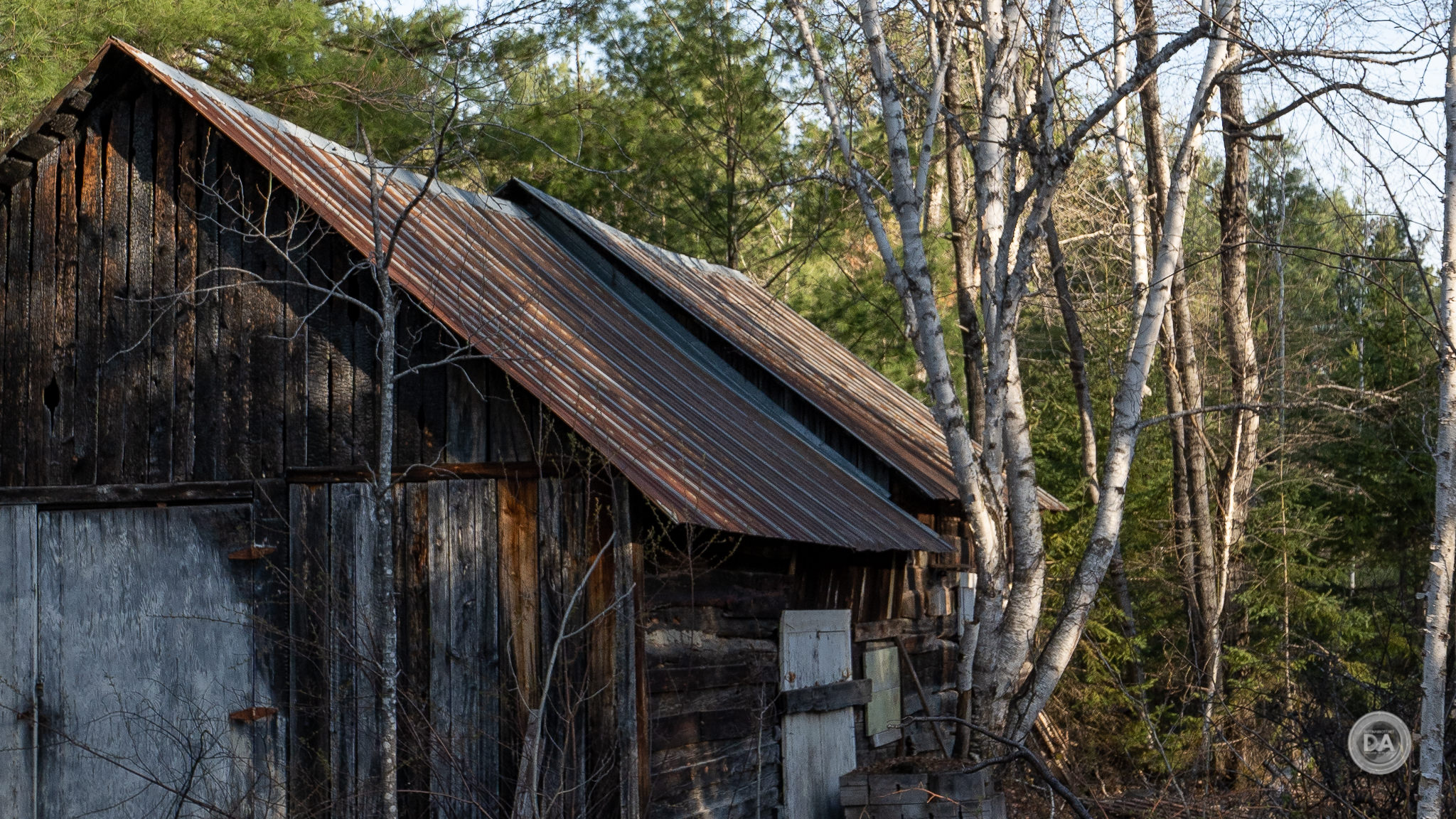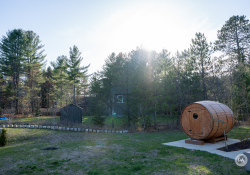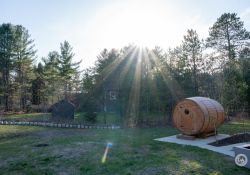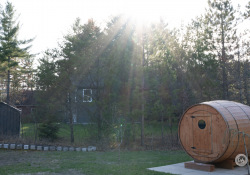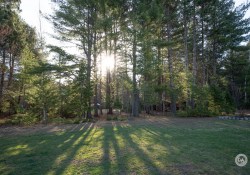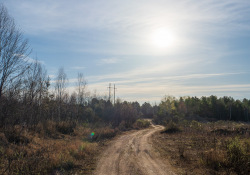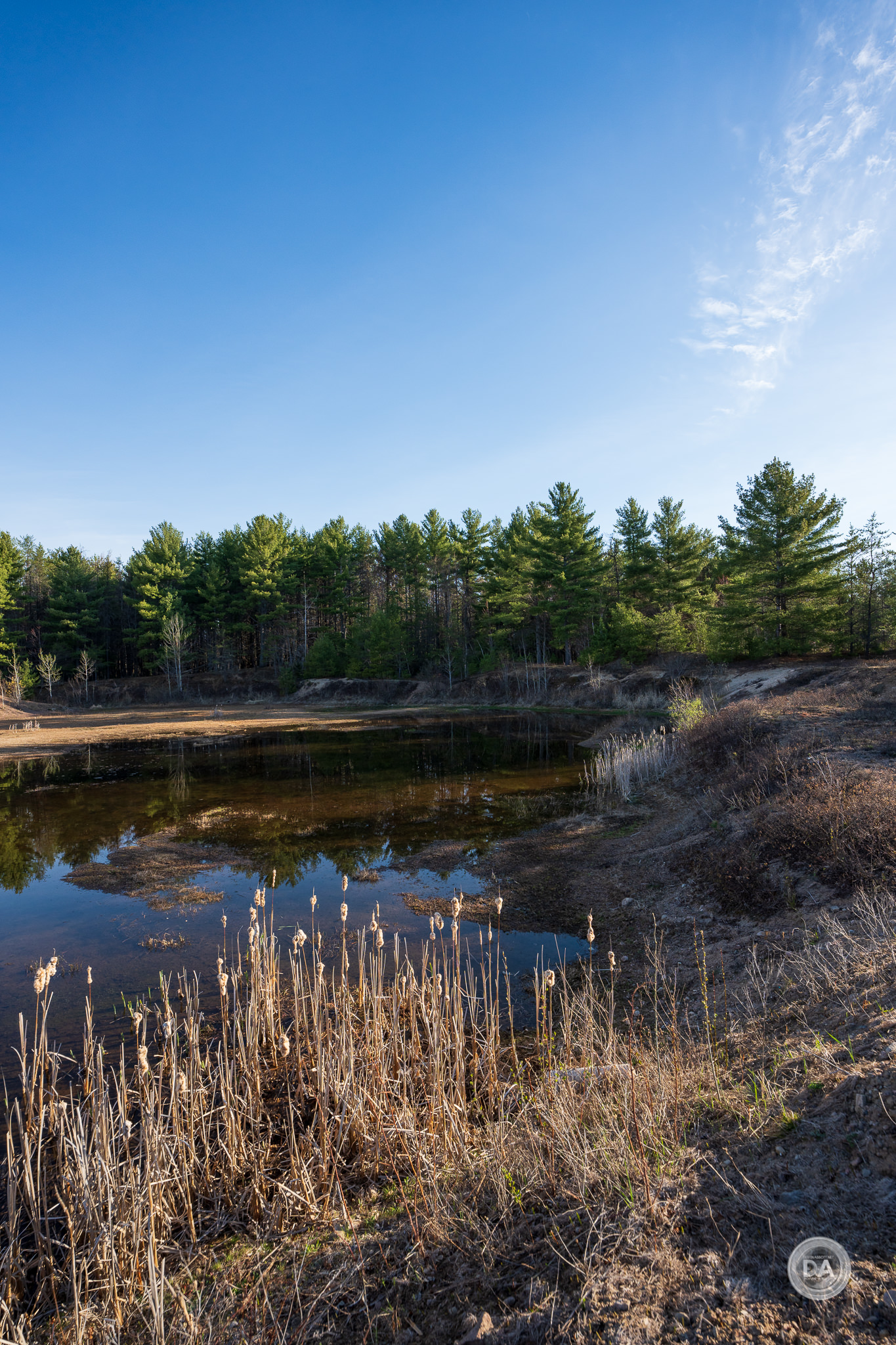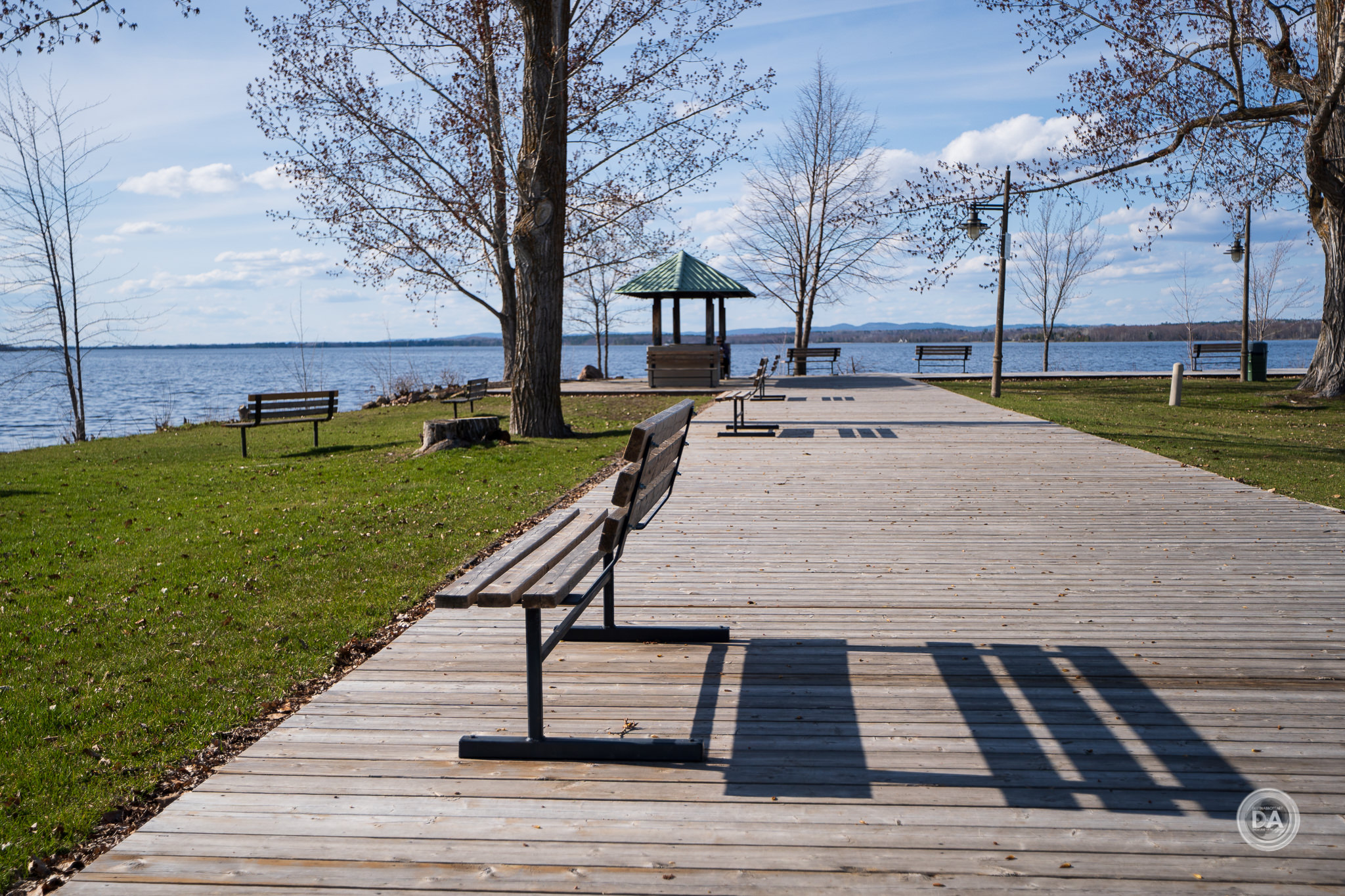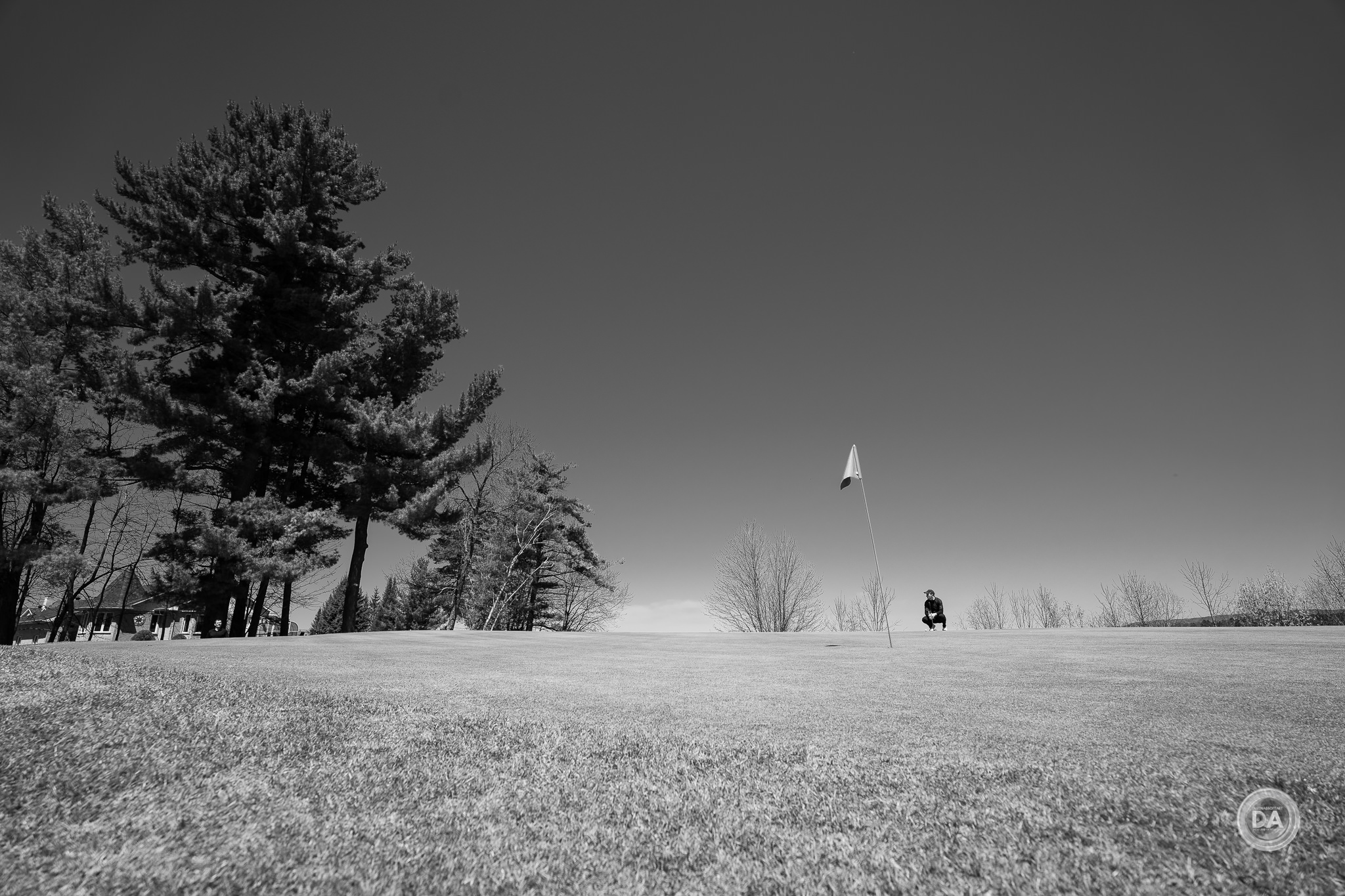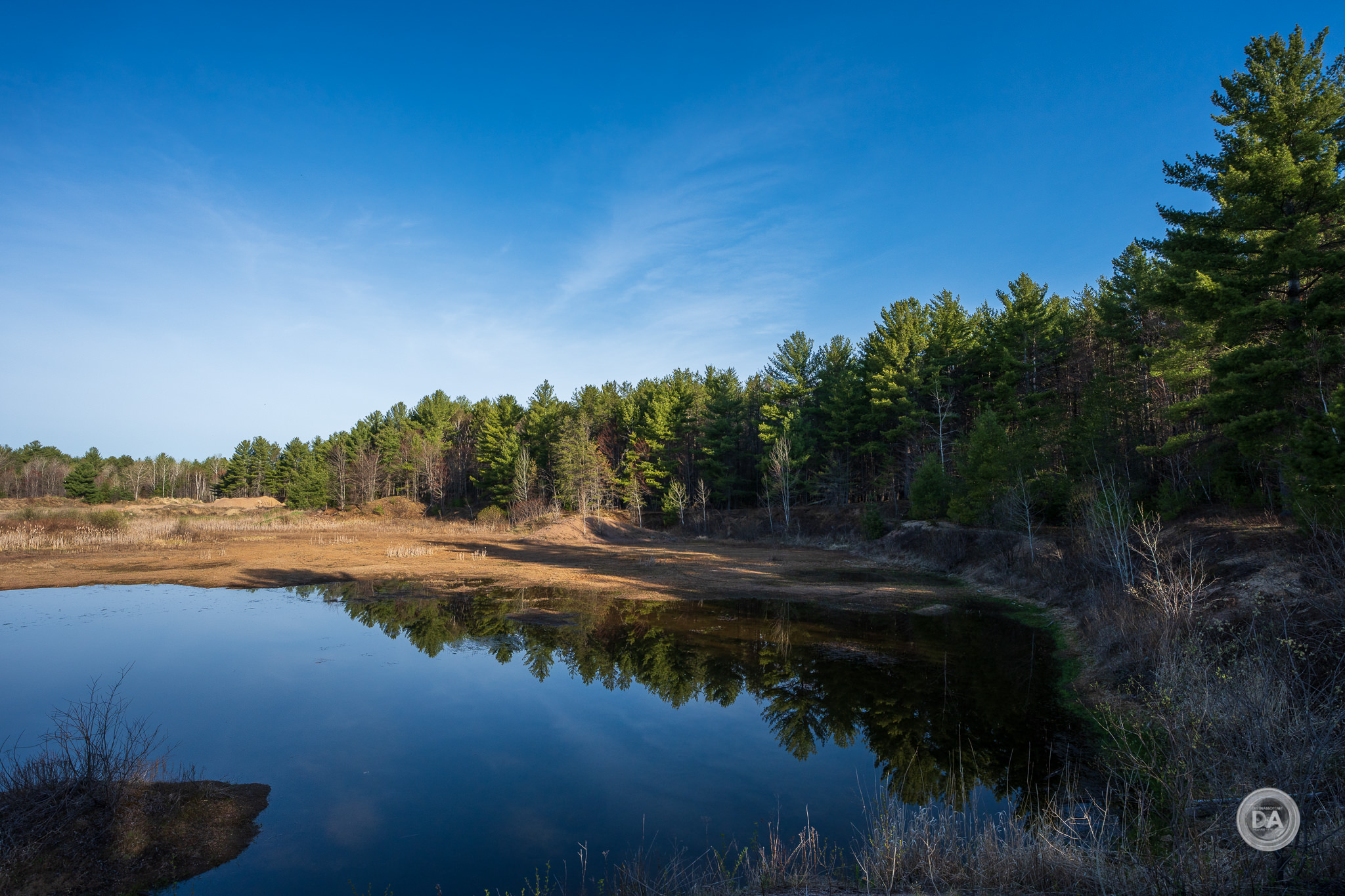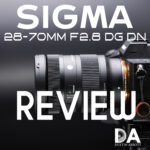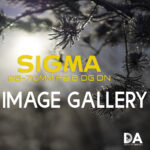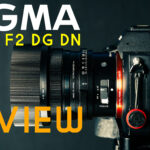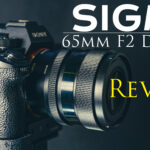I was somewhat surprised when Sigma released the Sigma 28-70mm F2.8 DG DN (my review here). It had only been 13 months since they had released the Sigma 24-70mm F2.8 DN, a lens I felt was a strong alternative in both performance and price ($1099 USD) to the much more expensive Sony G Master version ($2198 USD). I had given the 24-70mm a positive review, and wondered if there was room for two similar lenses in Sigma’s lineup for Sony. Over time, however, I have begun to realize a couple of things about Sigma’s strategy on mirrorless. The first is that while I tend to focus on the Sony side of things, Sigma is also actively developing for the Leica L mount, which their own Sigma branded cameras now use. Some of those L-mount bodies are more compact, whereas a lot of the Sigma ART and Sport branded lenses have actually been some of the largest and heaviest in their class. Sigma’s strategy (which makes sense!) has been to develop two separate lines on mirrorless. They have, for example, three DN 35mm lenses already (F1.2, F1.4, and F2). All DN lenses – new, purpose designed lenses for mirrorless cameras and their unique focus systems. The large aperture lenses are designed for those who want ultimate image quality (and don’t mind paying for it and carrying it!), while the smaller aperture lenses (called the “i-Series”) are designed for those who want good image quality but aren’t willing to carry around a massive, heavy lens to achieve it. Sigma has started to bifurcate their zoom lineup in the same way, with the 28-70mm DN being the first of those designs. Enter the new Sigma 16-28mm F2.8 DG DN, a wide angle companion to the “normal” zoom range of the 28-70mm. The 16-28DN (as we’ll call it for brevity) follows a lot of the same principles of the 28-70mm (compact and lightweight) while also allowing you to go quite wide (16mm):
…and frame in a little tighter on the 28mm side:
This lens is a little less surprising, obviously, as it is an obvious compliment in focal length to an existing lens. Like the 28-70mm DN, however, the new 16-28DN comes up against an established competitor in the Sony space (where I’m reviewing it) in the form of the Tamron 17-28mm F2.8 RXD (my review here). The Sigma has an obvious advantage in focal length, going considerably wider (here’s what 16mm vs 17mm looks like):
Interestingly, it also zooms in to a bit tighter a framing despite both lenses supposedly ending at 28mm:
That’s a serious advantage, though the Tamron also has a few compelling factors in its favor, including lower distortion and vignette, and, due to market forces, a cheaper price. There are some of you who just prefer Sigma, period, and I’m always in favor of more competition on the market. It is the proliferation of lenses like this that make Sony such a compelling platform right now. There are so many quality choices at a variety of price points…and I love it!
The big question is whether or not this particular lens is worthy of your consideration. Sigma’s 14-24mm F2.8 DN lens is an excellent lens (my review here), but it is also 43% larger by volume, 76% heavier, and hundreds of dollars more expensive. Is the superior performance of that lens worth the extra size, weight, and expense…or would you rather travel light? Sigma is clearly betting that there are those of you who will check the latter box, and, if so, the Sigma 16-28mm F2.8 DN might just be the lens for you. So join me as we explore the highs and lows of this compact standard zoom for Sony or Leica. If you prefer to watch reviews, you can watch my video review below…or just keep reading.
Follow Me @ YouTube | Patreon | Instagram | Facebook | DA Merchandise | Flickr | 500px
I want to thank Sigma Canada (and Gentec) for the loaner of this lens. As always, this is a completely independent review. The opinions here are completely my own. *The tests and most of the photos that I share as a part of my review cycle have been done with three cameras – the Sony Alpha 1, Sony a7IV, and Sony a6400.
Sigma 16-28DN Build, Design and Handling
Whereas the 28-70mm DN offered a slightly reduced focal length relative to its main competitor (the Tamron 28-75mm), Sigma flips the script here and offers up a slightly larger zoom range instead (a solid move, in my opinion). That does translate into slightly more size and weight relative to the Tamron 17-28mm RXD, the two lenses are close enough in size that I don’t think that will be a factor for many people. Here’s a look at how the 16-28DN compares to some competing options (I’ve manually added the information for the 16-28mm since it isn’t available to retailers yet).
Here’s a visual comparison to the Tamron (as I happen to own that lens):
The new Sigma 16-28DN is 77.2mm in diameter and right over 100mm long. You can see from the photo above that the Sigma is marginally wider and longer, but the basic footprint of the two lenses is roughly the same. There’s only one exception to this, and that is in the nature of the lens hoods (both lenses include a lens hood). The Sigma lens hood flares out a fair bit and thus doesn’t store as compactly.
The Sigma is slightly heavier at 450g (vs 420g), though that is significantly lighter than the Sony 16-35mm GM (680g) or the Sigma 14-24mm ART (795g).
Up front we have a 72mm filter thread, which is fairly common but not as ubiquitous as either the 67mm or 77mm standards. The ability to use traditional screw-in filters is always welcome in a wide angle lens.
Like the 28-70mm DN (and i-Series primes), Sigma has chosen to position the 16-28DN under the Global Vision division of “Contemporary”. Typically the lenses branded Contemporary carry Sigma’s lowest level of build, with Sport lenses given the most robust while Art lenses land in the middle. The build here is actually pretty decent, though, and is competitive with the Tamron’s build save the fact that the Sigma has only a gasket at the lens mount while the Tamron has some internal weather sealing points as well. The Sigma feels ever-so-slightly nicer in the hand, however, due to slightly more upscale materials on the barrel, and (always welcome!) includes an AF/MF switch (something the Tamron 17-28mm lacks). That may or may not be a big deal to you, but I still find it the fastest and most logical way to switch in between these two methods of focus.
The more upscale Sigma 14-24mm DN has a more thorough weather sealing and also includes a focus hold button – both of which this lens lacks.
This is an internally zooming lens, so it doesn’t change shape at all during zooming or focusing – the length is constant. This helps with the weather sealing and also means that a zoom lock is unnecessary.
The zoom ring is closest to the lens mount and moves with that smoothness you only see in internally zooming lenses. Sigma persists in the zoom action being from left go right rather than from right to left like Sony (and Tamron, and Samyang) lenses on the Sony platform. Unfortunate, really, as you may find yourself instinctively zooming the wrong direction if you’re accustomed to lenses from any of the other brands on Sony.
The manual focus ring is closest to the front of the lens and also moves nicely. The focus ring is a “by-wire” system, meaning that input on the focus ring is electronically communicated rather than through a direct mechanical coupling. This means that input on the focus ring will not create any physical changes unless the lens is attached to a camera and powered on. The focus ring has a fairly nice feel to it, and Sigma has done a good job emulating traditional manual focus.
The aperture iris has 9 rounded aperture blades, and this helps keep the aperture shape fairly circular when stopped down, though there are only so many opportunities to see circular bokeh highlights on a wide angle lens once stopped down.
The geometry of the bokeh looks quite good across the frame at 28mm, F2.8, however:
This is helped by having a fairly close minimum focus distance (25cm) and a resulting maximum magnification of 0.178x.
That’s just very slightly behind the magnification of the GM and Tamron 17-28mm lenses (0.19x) and betters the 0.14x of the Sigma 14-24mm.
Unlike the 28-70mm DN, however, we don’t get a higher magnification on the wider end. This lens behaves more traditionally where the MFD at both ends of the zoom range are the same. Up close performance at 28mm looked very good to my eye, however.
Like the 28-70 DN, I would have liked a more thorough weather sealing on the lens, but overall I quite like the build and handling of the 16-28DN. I think it strikes a nice balance between size, weight, and build quality. It is marginally bigger than the Tamron that it will compete with, but also gives a bigger zoom range, which I suspect many will find a reasonable tradeoff.
Sigma 16-28mm F2.8 DN Autofocus Performance
The Sigma 16-28DN utilizes a stepping focus motor (STM) that makes fast, quiet focus changes. Video focus pulls are fast, accurate, and smooth, and there is little to no hunting or settling. I saw minimal focus breathing during my tests, too.
A lens with a maximum aperture of F2.8 is fairly good in low light, though obviously not as good as lenses with even larger maximum apertures. In many cases, cameras will focus with the lens aperture wide open and then close it down to the preset aperture choice at the moment of capture. A lens with a smaller maximum aperture is going to be at a disadvantage in low light conditions because the physical aperture is smaller than alternative lenses, meaning that less light can reach the sensor. F2.8 is what I would call a “medium” maximum aperture, but it is wide enough that one should be able to shoot weddings or events with the lens and get solid results.
Under normal lighting conditions I had no problems. I was able to nail focus indoors without any problems at all.
Eye AF works well, with good detection of the eye and “stickiness” in tracking it.
In my video test where I track my face, I found the lens did a good job of quickly and smoothly returning to focus on the eyes when I moved my hand out of the way.
I also had no problems nailing focus on this shallow subject (lock) on the chain link fence.
Though it is hard to see at this magnification level, the focus on the golfer in this wide shot is accurate:
In general I feel like Sigma had really hit their stride in the focus accuracy and quality on their Sony DN lenses. While their telephotos are not quite as fast as the native Sony lenses (that typically employ multiple focus motors), their general purpose lenses are pretty much as good as native Sony competitors. Autofocus here was fast, quiet, and accurate whether shooting stills or video. Focus was solid in all the situations I shot with the lens…and that’s all you can ask for.
Sigma 16-28DN Image Quality
The optical formula is made up of 16 elements in 11 groups, which is slightly more complex than the Tamron (13 elements in 11 groups). That’s to be expected, however, since the Sigma lens does go wider. It is capable of delivering crisp result even on my high resolution cameras.
Longitudinal chromatic aberrations (LoCA) seem well controlled and I see little to no fringing on the white edges of the letters or transition zone on the mirror behind.
If we look up into the bare branches on this golf course image, we find little evidence of lateral chromatic aberrations near the edge of the frame, too.
That’s a solid start, though things go downhill a bit after this. I’ve complained about some previous Sigma lenses and the complexity of the distortion that I found hard to manually fix, so Sigma made sure to send a correction profile along with the 16-28DN for me.
It’s a good thing, as it was needed. I found a strong amount of barrel distortion that unfortunately is a bit complex and difficult to smoothly correct manually. There’s some mustache pattern left over.
I dialed in a +21 to correct the barrel distortion and needed to max out the sliders (+100) to correct for the vignette, which is very strong at 16mm.
That vignette will be very obvious at F2.8 if you don’t correct for it:
The profile does a better job of correction the complexities of the distortion and deals with the vignette fairly well. It is worth noting that aberrations that heavy can cause a bit of damage to image quality in the correction process, though (particularly near the edges). There’s no free ride, so to speak.
The distortion flips to a more mild pincushion distortion (-4) near the middle of the range and the vignette, while still heavy (+64), is milder than what we saw at 16mm. The pincushion distortion worsens at 28mm (-10 to correct) but the vignette gets a bit lighter (+50). That correction profile is going to be necessary with this lens, though JPEGs and video will get corrected in camera. Tamron took the safer route by producing a lens with a smaller zoom range (and which didn’t go as wide) and the byproduct is that it has less vignette and distortion. Sigma gambled on photographers preferring the wider angle of view even if it comes with a bit more optical challenges.
So how about sharpness and contrast? All chart tests done with a Sony Alpha 1 (50 MP) using a tripod and a two second timer.
Here’s a look at my test chart:
A close look at the 16mm, F2.8 results (this is 200% magnification) shows exceptionally good results in the center of the frame and very good results in the midframe and corner:
There’s some minor give and take in comparison to the Tamron (at 17mm), but the two lenses are largely similar on the wide end (which is to say very good!).
Stopping down to smaller apertures (like F5.6) provides only minimal improvement in the center of the frame (already near perfect) but the mid-frame and corners improve to excellent levels.
Take that in the real world and you can get nicely detailed results all across the frame:
Minimum aperture throughout the zoom range is F22, though I typically avoid anything smaller than F11 because of the effects of diffraction that rob the images of contrast and resolution at those very small apertures.
This is a constant aperture zoom, so the maximum aperture of F2.8 applies equally to all focal lengths. 16mm proved the sharpest focal length on my test copy, with a mild regression at 18-20mm most obviously seen in the mid-frame and corners. You’ll want to stop down to F5.6 or so if you want sharp corners, as there is an obvious improvement when stopped down (here at 20mm):
At 24mm I found a more even performance, though I felt the corners were relatively stronger than the center performance here. Stopping down sharpens them up to excellent levels.
28mm is similar, with good results wide open and better results available when stopped down.
I thought that my real world 28mm landscape results looked nice.
Here’s another that I like, though I wasn’t quite as wowed by real world results as what I saw on the 14-24DN.
A lens like this is rarely going to be a “go-to” lens for bokeh, and this lens is no exception. I didn’t really see any images where I loved the bokeh quality. Images like this show fairly busy backgrounds.
Likewise this monochrome along the fence never really shows the “creaminess” that I associate with quality bokeh.
To be fair, however, I buy a lens like this more for having everything IN focus rather than out of focus!
Flare resistance was mostly good, but also somewhat mixed. You can see from these images that having the sun right at the edge of the frame does end up with some reduced contrast, and, if stopped down (like the second image), so very long sun rays.
This second batch of images is mostly better, which shows that being careful in your composition can make a big difference in the flare performance with this lens (and many others).
I’m often very pleased with the colors from Sigma wide angle lenses, and that’s true here as well. Color seems both rich and accurate.
It won’t be hard to get images you can be proud of out of this lens, though you’ll want to correct that vignette and distortion. You can see more images by checking out the lens image gallery here.
Conclusion
It’s a little hard for me to predict the market reaction for the new Sigma 16-28mm F2.8 DG DN. It is an obvious compliment to the 28-70mm F2.8 DN, giving potential owners a smaller, lighter, cheaper kit than the 14-24mm and 24-70mm F2.8 ART DN lenses. But like with the 28-70mm (vs the Tamron 28-75mm F2.8), Tamron has had a chance to really beat Sigma to the market with their 17-28mm F2.8 RXD lens – a lens that was introduced nearly three years and was well-received both critically and commercially. Will the slightly wider focal length of the Sigma attract future buyers on Sony over the Tamron…despite the Sigma being more expensive?
As always, though, it is important to remember that Sigma is also developing for the Leica L-mount. The market is less crowded there and also competing lenses are often more expensive than some of Sigma’s competition on the Sony platform. The 16-28DN may excel there.
Outside of the high distortion and vignette, this is a solid lens. Nice build, relatively compact, great focal range, great autofocus, and a solid optical performance. There’s no question you can make beautiful images with it, and it is light enough to come along easily. You can use traditional screw on filters (not the case for the 14-24mm F2.8 DN), so that also makes it a more accessible lens. I think the 14-24mm F2.8 DN is the more exceptional lens optically, but it is also bigger, heavier, and more expensive. If you are a Sigma fan and want to travel lighter with your wide angle kit, then the new Sigma 16-28mm F2.8 DN may just be the lens for you.
Pros:
- Compact, lightweight lens with nice construction
- Includes some weather sealing at mount and is internally zooming
- Broader zoom range than competing Tamron lens
- Fast, quiet autofocus
- Smooth and quiet video AF work
- Good up close performance
- Excellent flare resistance
- CA is well controlled
- Excellent sharpness and contrast across the frame even wide open
- Weight under 500g
Cons:
- Strong vignette (particularly at 16mm)
- Fairly complex barrel distortion on the wide end
- Strong pincushion distortion at 28mm
- Sigma persists in the zoom direction being opposite to other lenses on Sony
Gear Used:
Purchase the Sigma 16-28mm F2.8 DN @ B&H Photo | Amazon | Camera Canada | Amazon Canada | Amazon UK | Amazon Germany
Purchase the Sigma 28-70mm F2.8 DN @ B&H Photo | Amazon | Camera Canada | Amazon Canada | Amazon UK | Amazon Germany | Ebay
Buy DA Merchandise https://bit.ly/TWIMerch
Purchase a Sony a7C @ B&H Photo | Amazon | Camera Canada | Amazon Canada | Amazon UK | Amazon Germany | Ebay
Purchase a Sony a9M2 @ B&H Photo | Amazon | Camera Canada | Amazon Canada | Amazon UK | Amazon Germany | Ebay
Sony a9 Camera: B&H Photo | Amazon | Camera Canada | Amazon Canada | Amazon UK | Amazon Germany | Ebay
Sony a7RIV Camera: B&H Photo | Amazon | Camera Canada | Amazon Canada | Amazon UK | Amazon Germany | Ebay
Sony a7R III Camera: B&H Photo | Amazon | Camera Canada | Amazon.ca | Amazon UK | Ebay
Peak Design Slide Lite: Peak Design Store | B&H Photo | Amazon | Amazon Canada | Amazon UK
Sony a6500: B&H Photo | Amazon | Amazon.ca | Amazon UK | Ebay
Peak Design Leash Strap: Peak Design Store | B&H Photo | Amazon | Amazon Canada | Amazon UK
BenQ SW271 4K Photo Editing Monitor – B&H Photo | Amazon | Amazon.ca | Amazon UK
Adobe Photoshop Creative Cloud 1-Year Subscription
Exposure Software X6 (Use Code “dustinabbott” to get 10% anything and everything)
Visit Dustin’s Amazon Storefront and see his favorite gear

Purchasing your gear through B&H and these links helps fund this website and keeps the articles coming. You can also make a donation here if you would like. Visit my Amazon page for some of my gear of choice! Thank you for your support.
Great News! I can now offer a 5% discount on all purchases at Amplis Foto, Canada’s Leading Photographic Supplier. Please enter discount code: AMPLIS52018DA in your cart. It is good for everything in your cart, and is stackable with other coupons, too! It will take 5% off your entire order! Proceeds go towards keeping this site going and providing you with new reviews!
Check me out on: My Patreon | Sign Up for My Newsletter | Instagram | Facebook | Twitter | Flickr | 500px | Google+ |
Use Code “DUSTINHDR” to get $10 off ($15 CDN) any Skylum product: Luminar, Aurora, or AirMagic
Keywords: Sigma 16-28 DN, Sigma 16-28 F2.8, Sigma 16-28mm F2.8 DG DN, 16-28 DN Review, Review, Sigma 28-70 DN, DN, DG, 16-28mm, F2.8, Review, Tamron 17-28mm F2.8, Tamron 17-28, Review, Sony Alpha 1, Sony a7IV, Review, Hands On, Dustin Abbott, Real World, Comparison, Sharpness, Bokeh, Flare Resistance, Autofocus, Image Quality, Sample Images, Video, Photography, Sony a9, sony a7III, sony a7RIII, a7R3, Leica L


